You’d think that the Roosevelt Building would be a NYC landmark, since it was actually in the Roosevelt family, had a famous movie studio tenant, and exceptional architecture. But it isn’t. Yet?
Teddy Roosevelt’s grandfather, Cornelius, owned the land under this building until his death in 1871. His heirs built the building as the neighborhood changed from residential to commercial. For a time, the structure was known as the Hackett Carhart Building, for a major tenant.
While most of the early tenants – including Hackett Carhart – were men’s wear manufacturers, Biograph Studios also had space here, and a revolving (to follow the sun) studio on the roof. This is where director D.W. Griffith got his start.
Roosevelt Building Vital Statistics
- Location: 841 Broadway at E 13th Street
- Year completed: 1894
- Architect: Stephen D. Hatch
- Floors: 8
- Style: Romanesque Revival
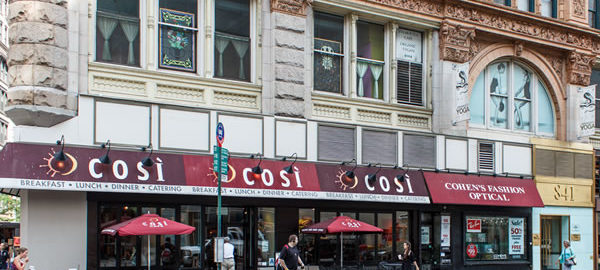
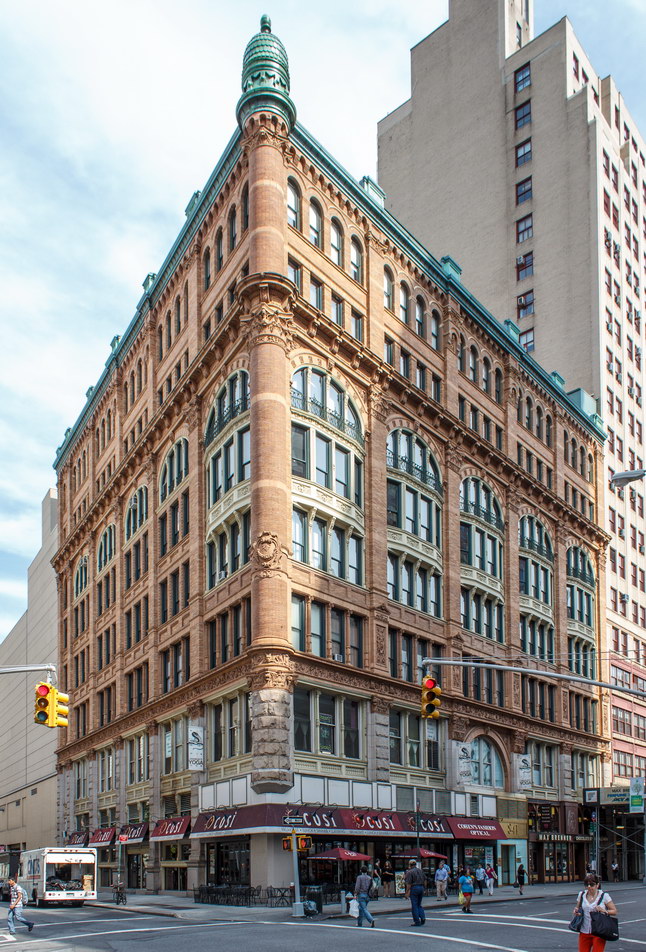
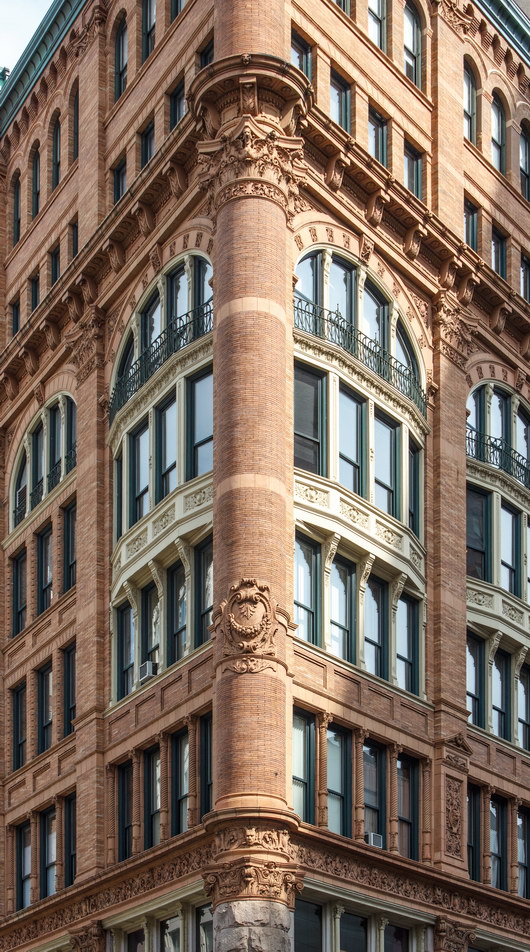
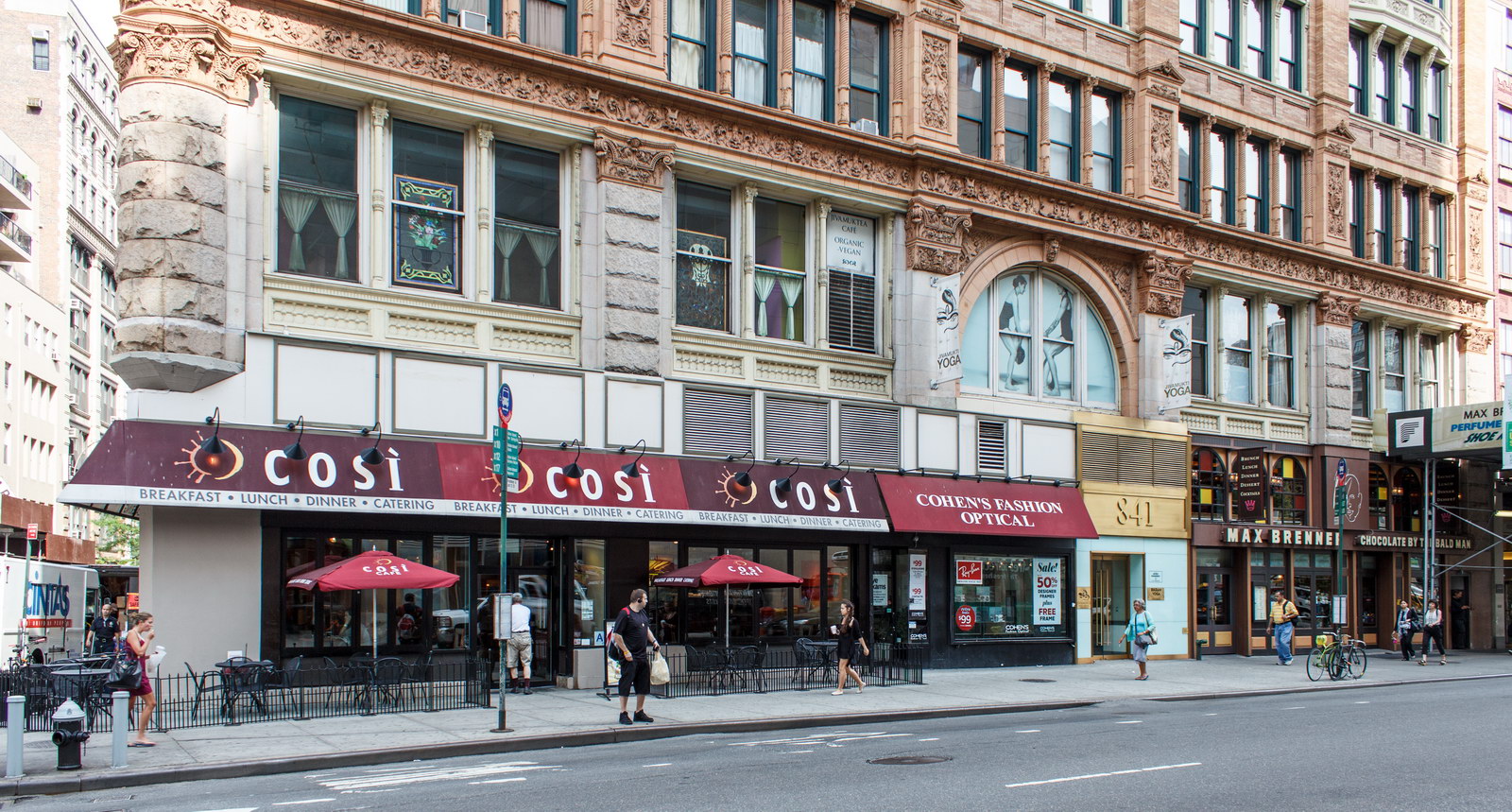
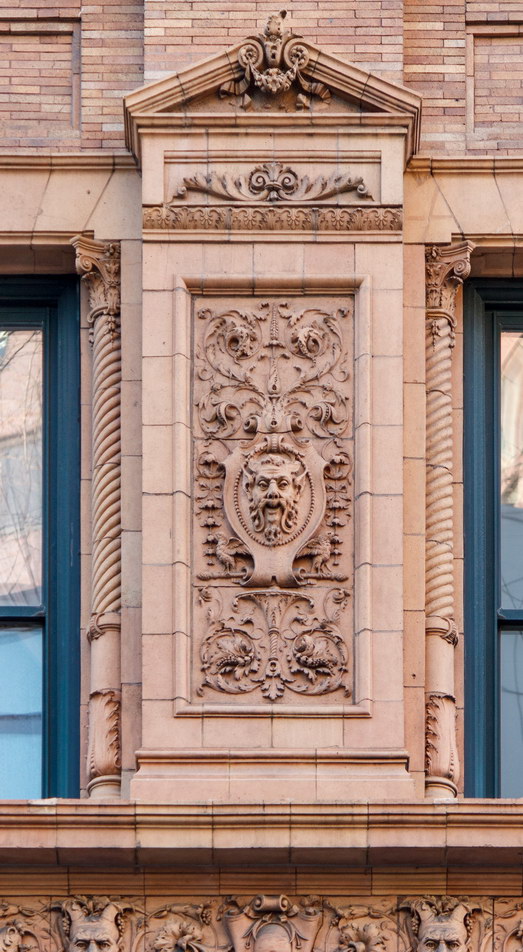
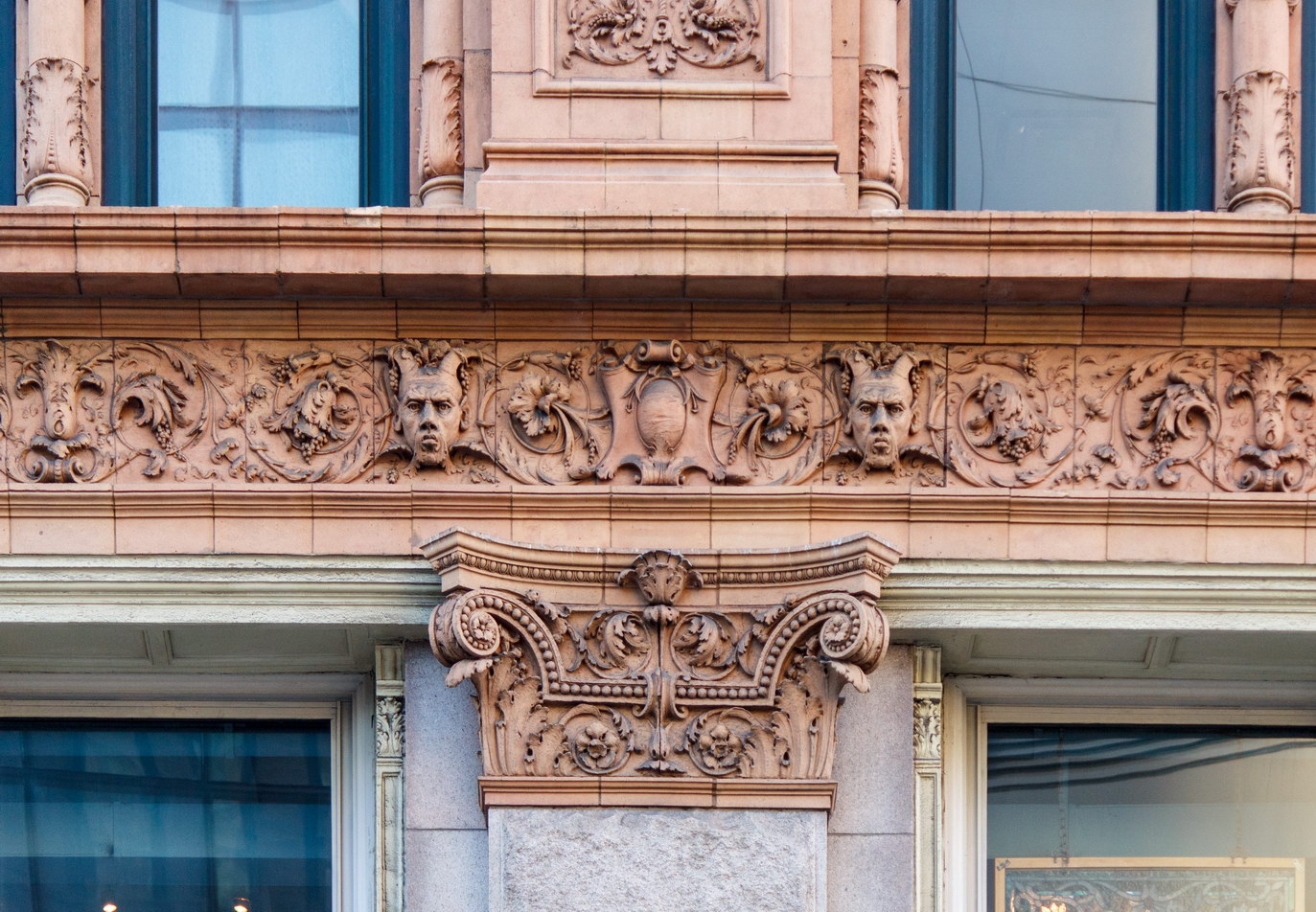
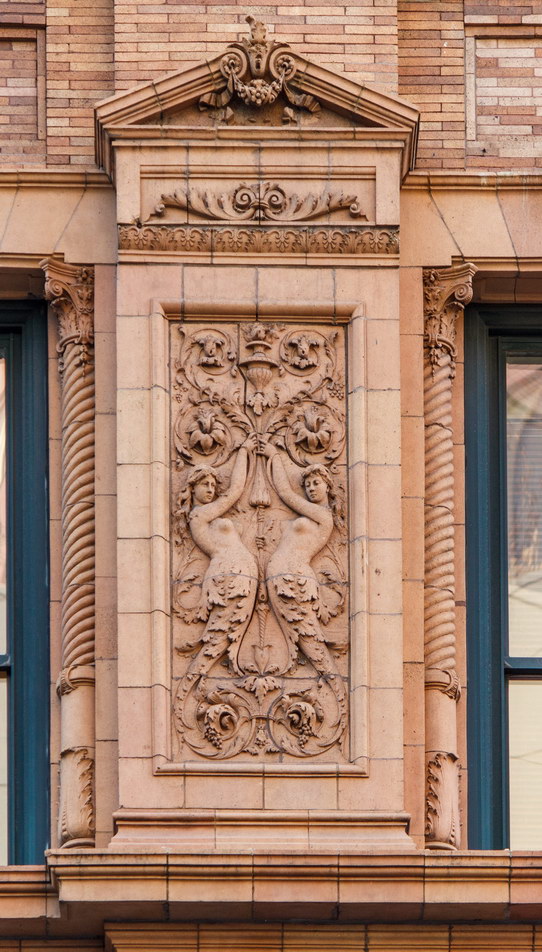
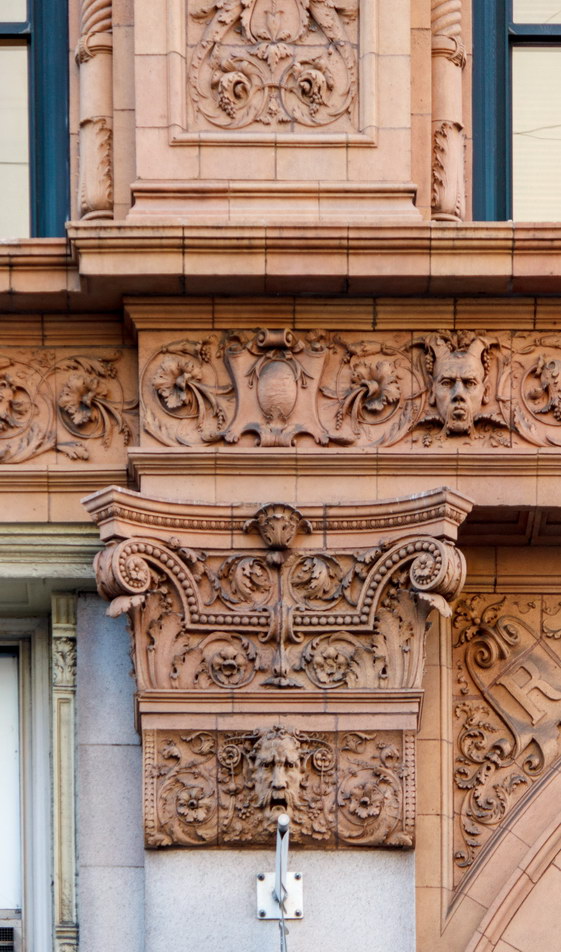
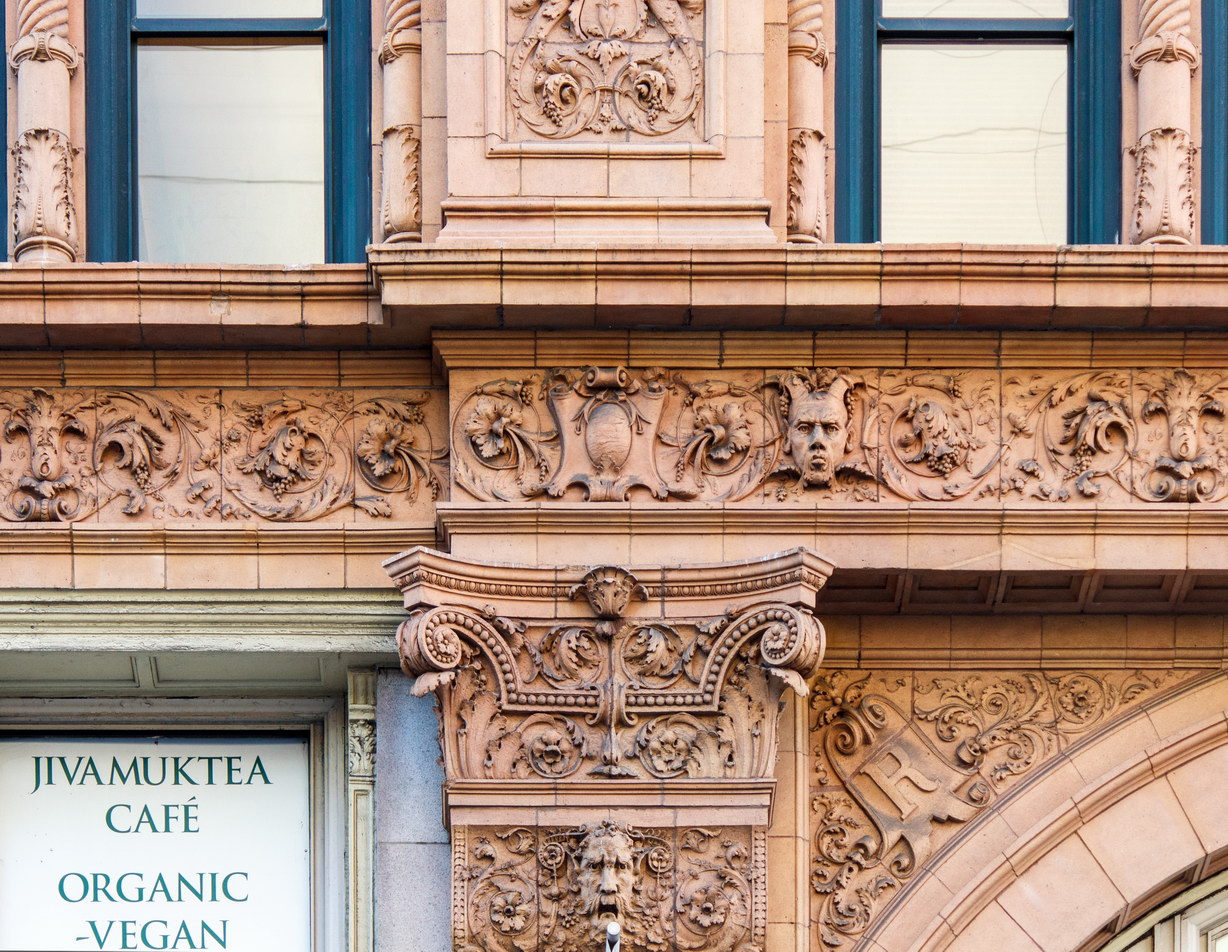
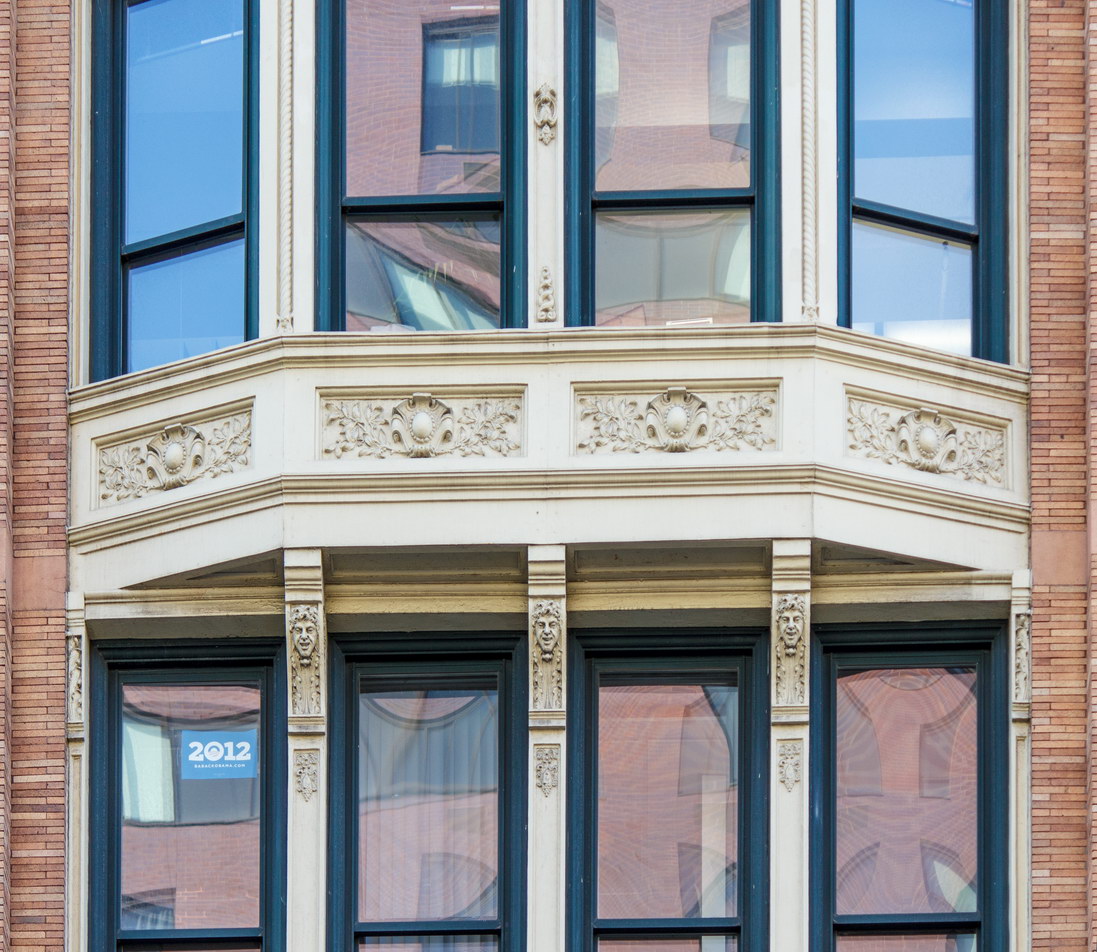
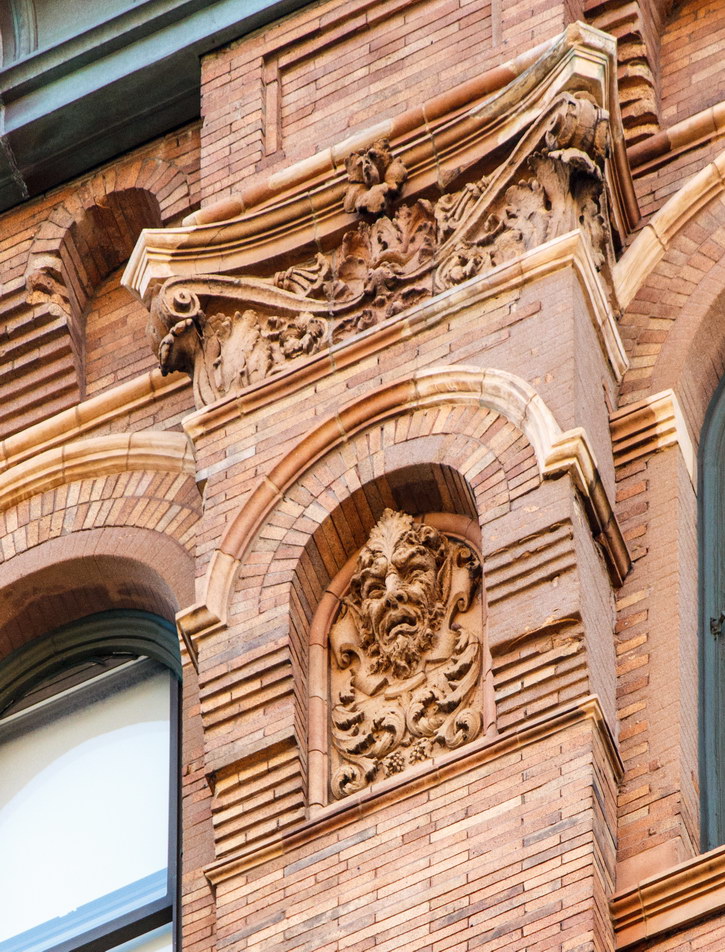
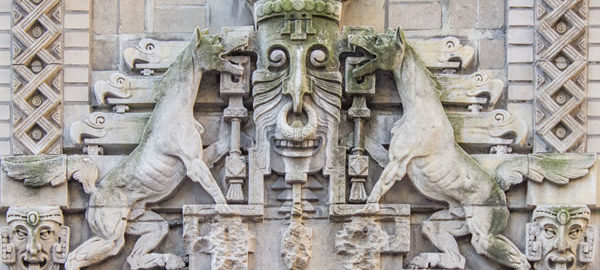
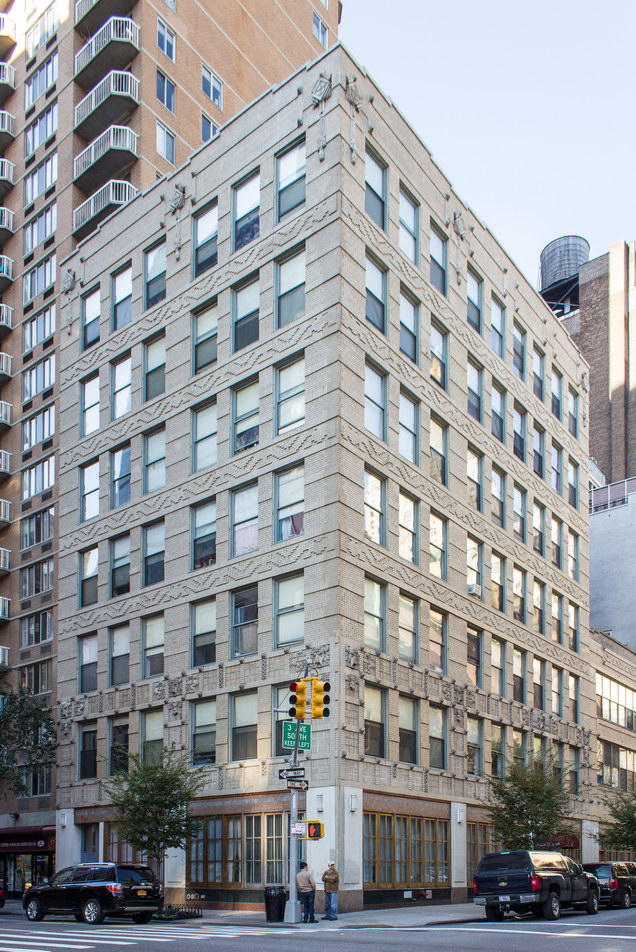
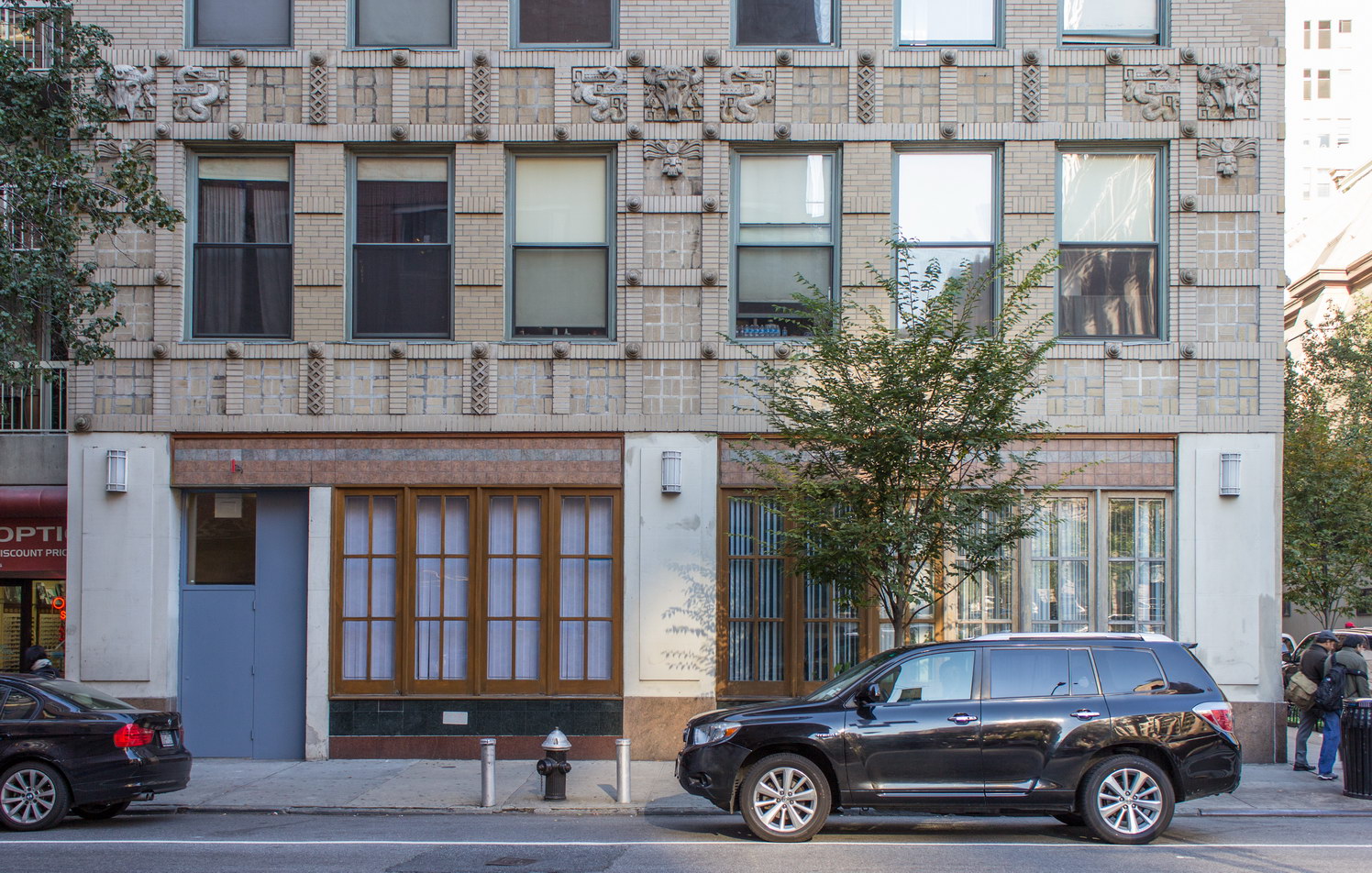
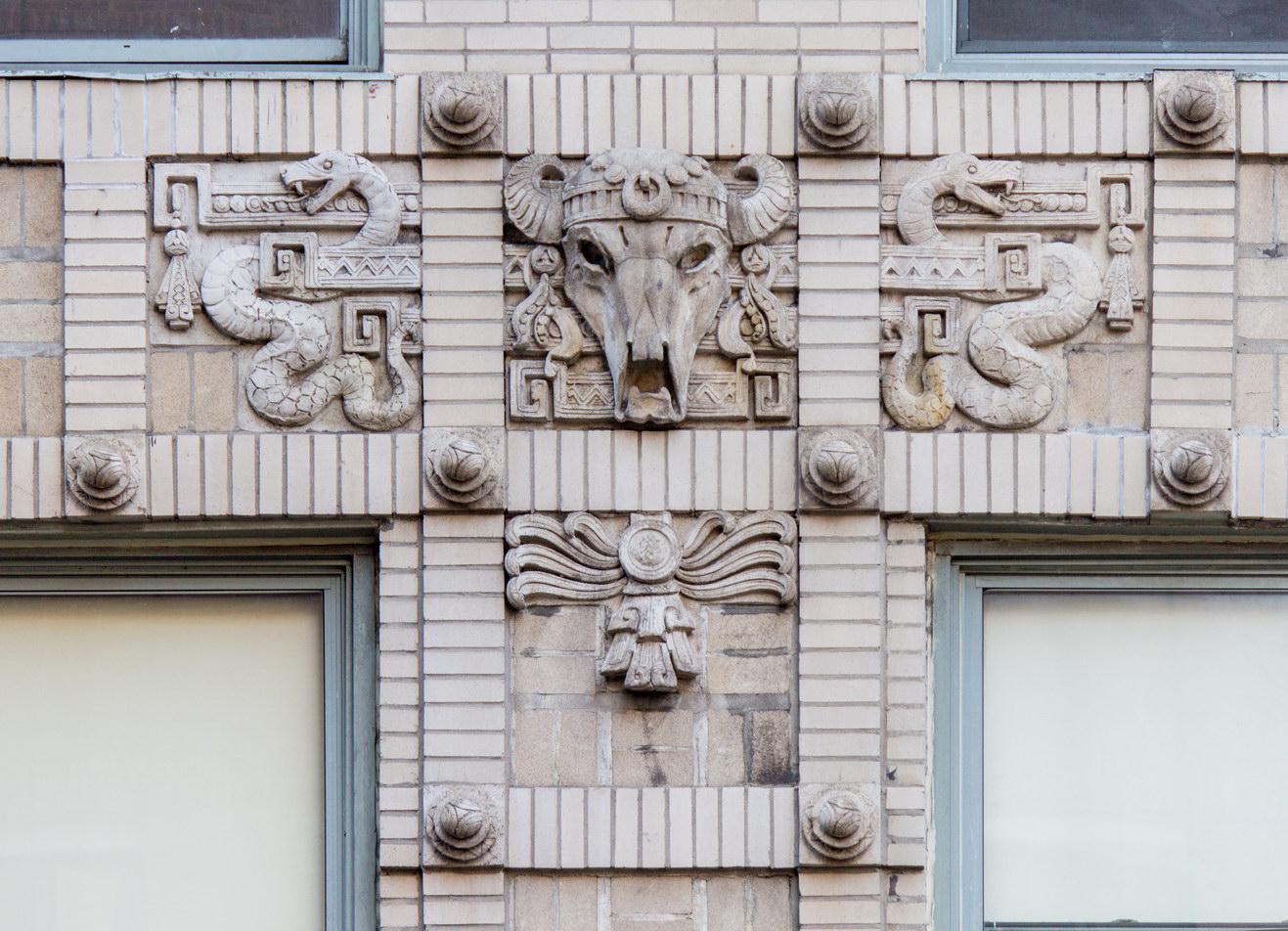
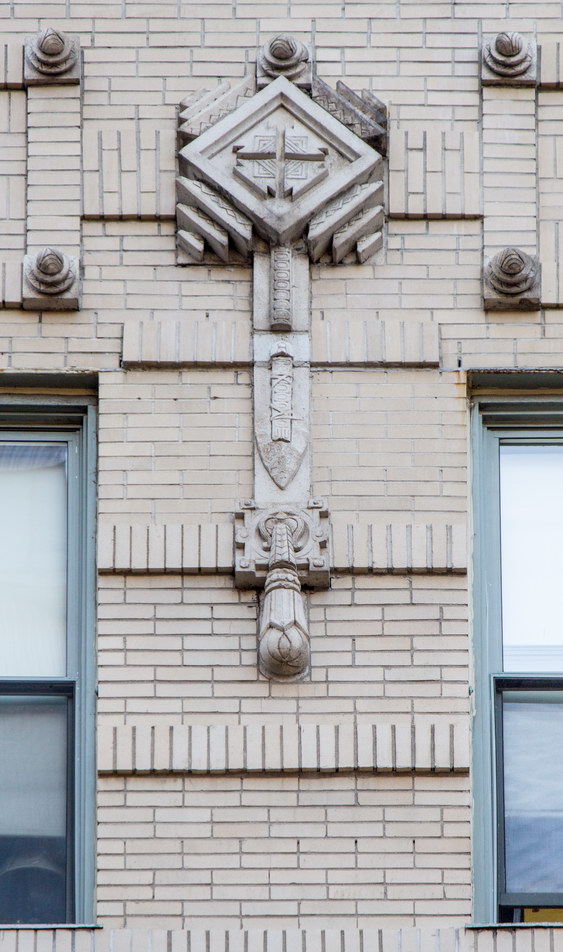
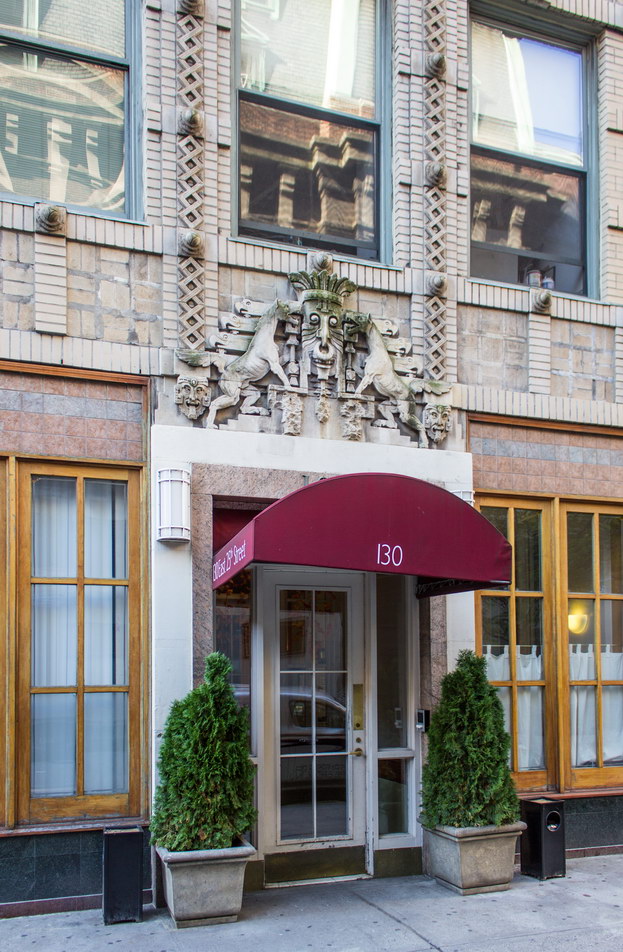
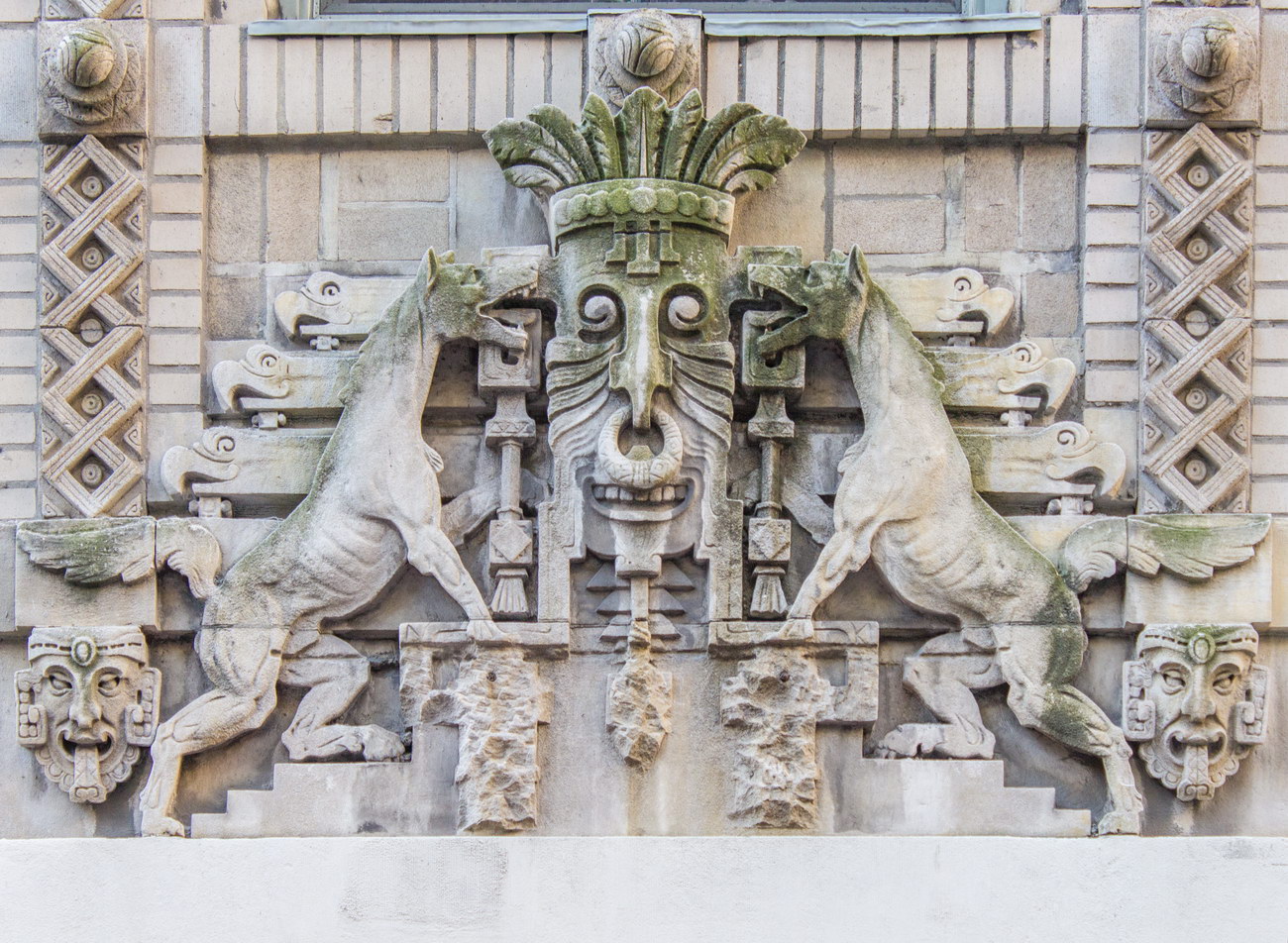
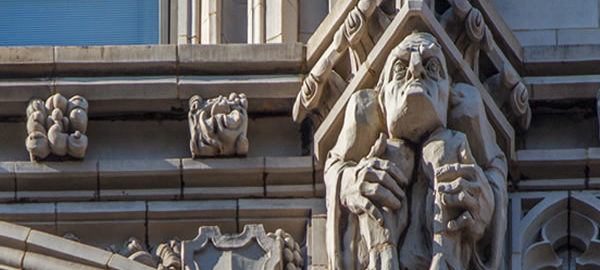
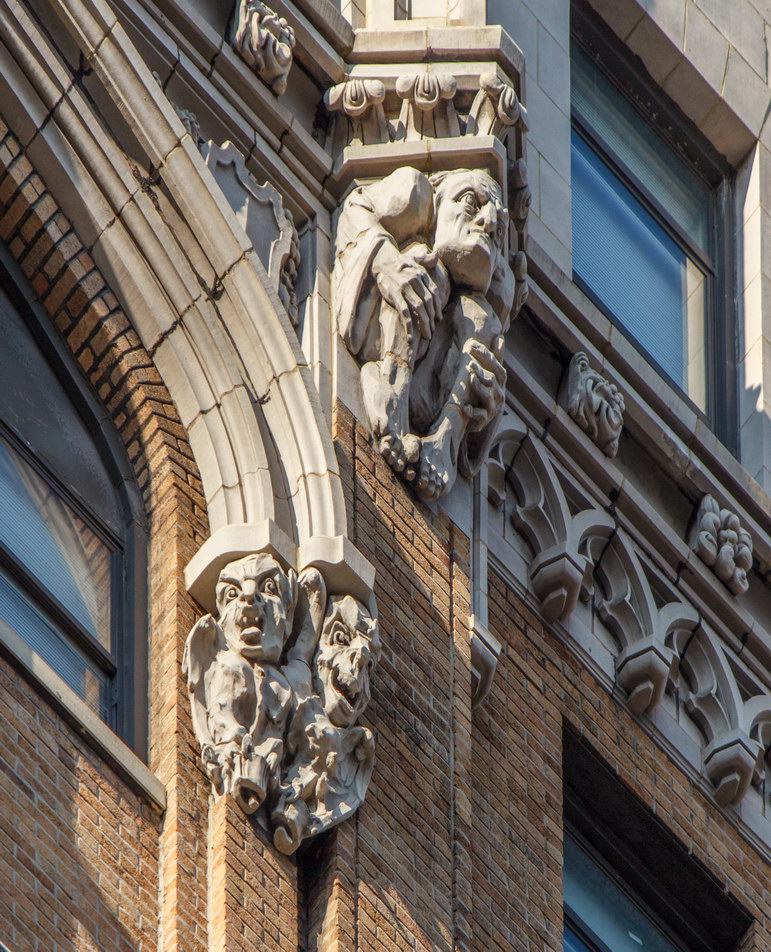
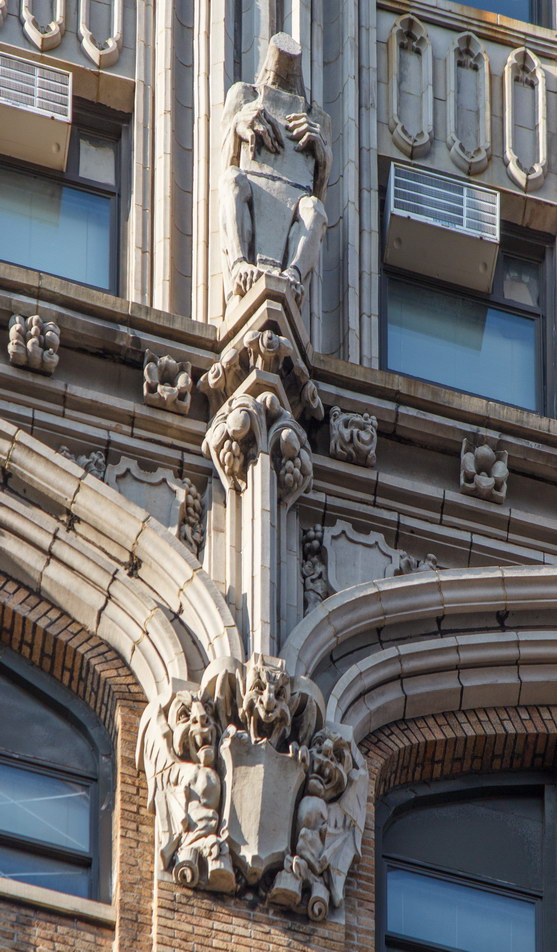
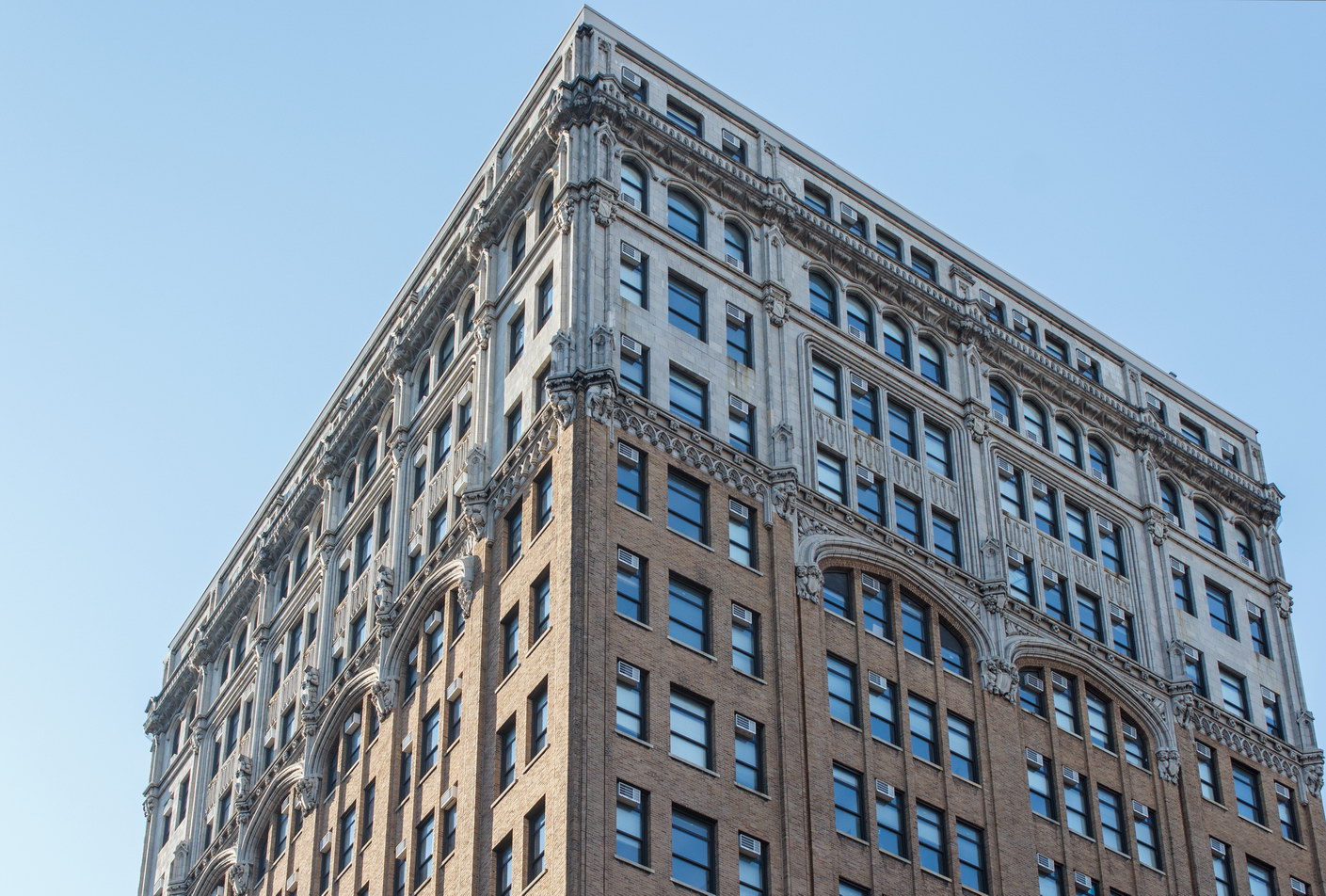
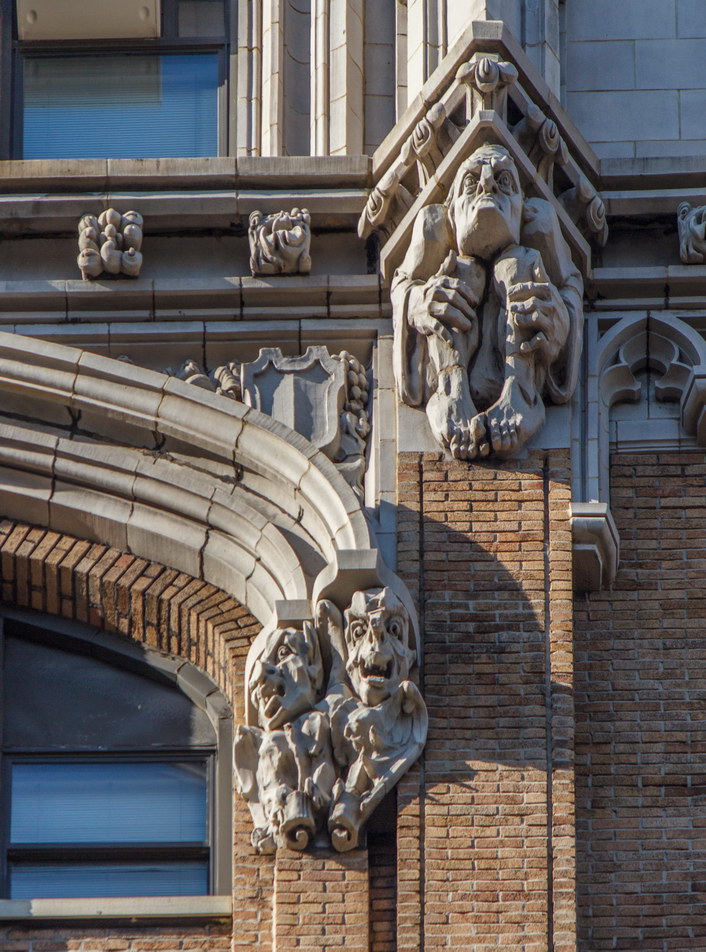
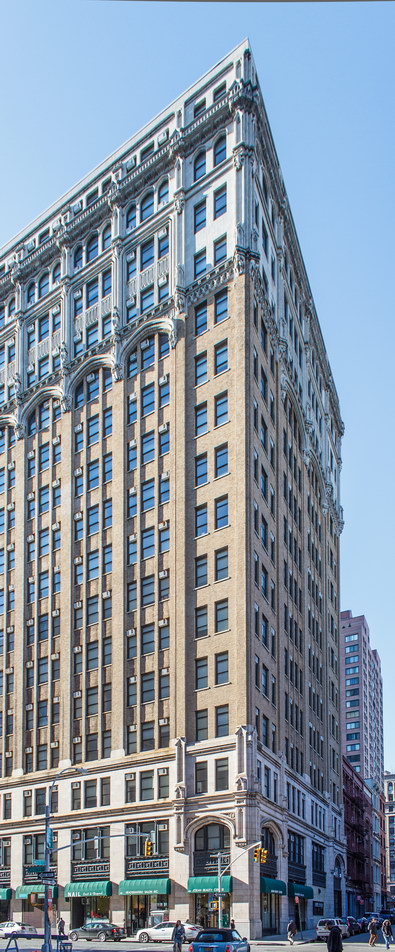
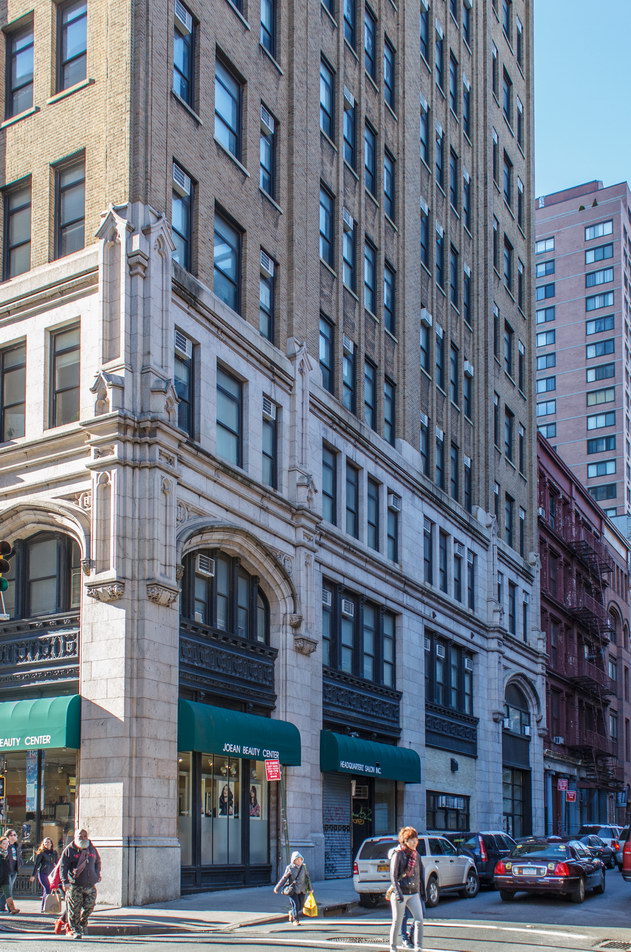
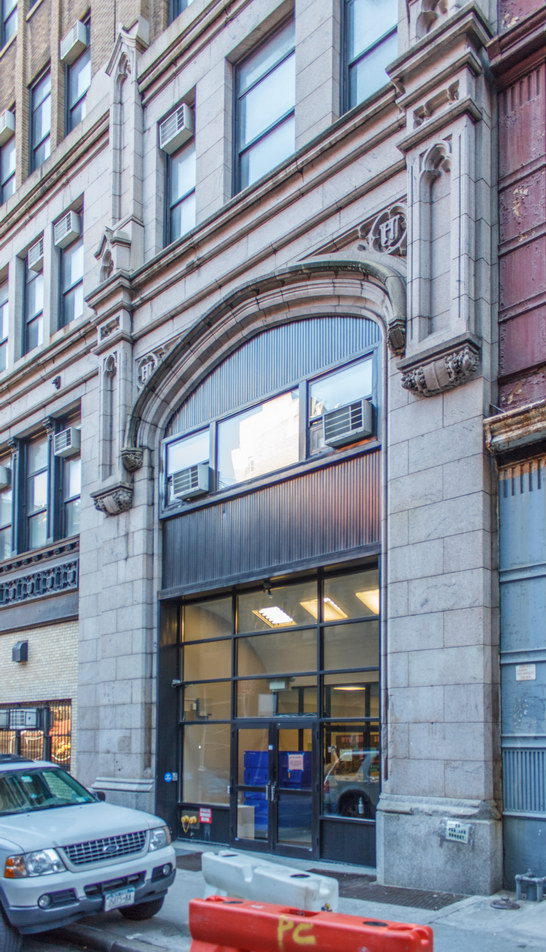
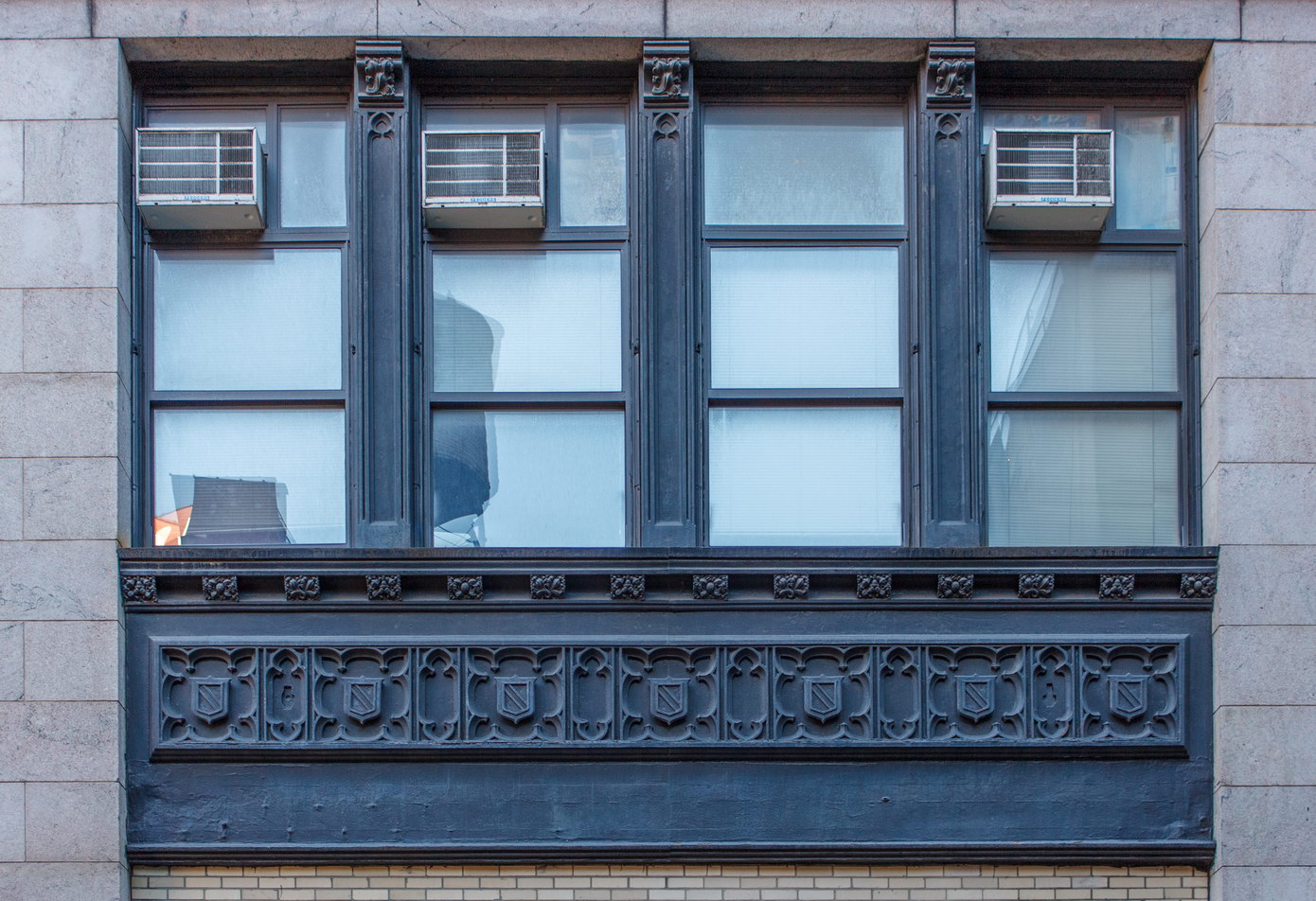
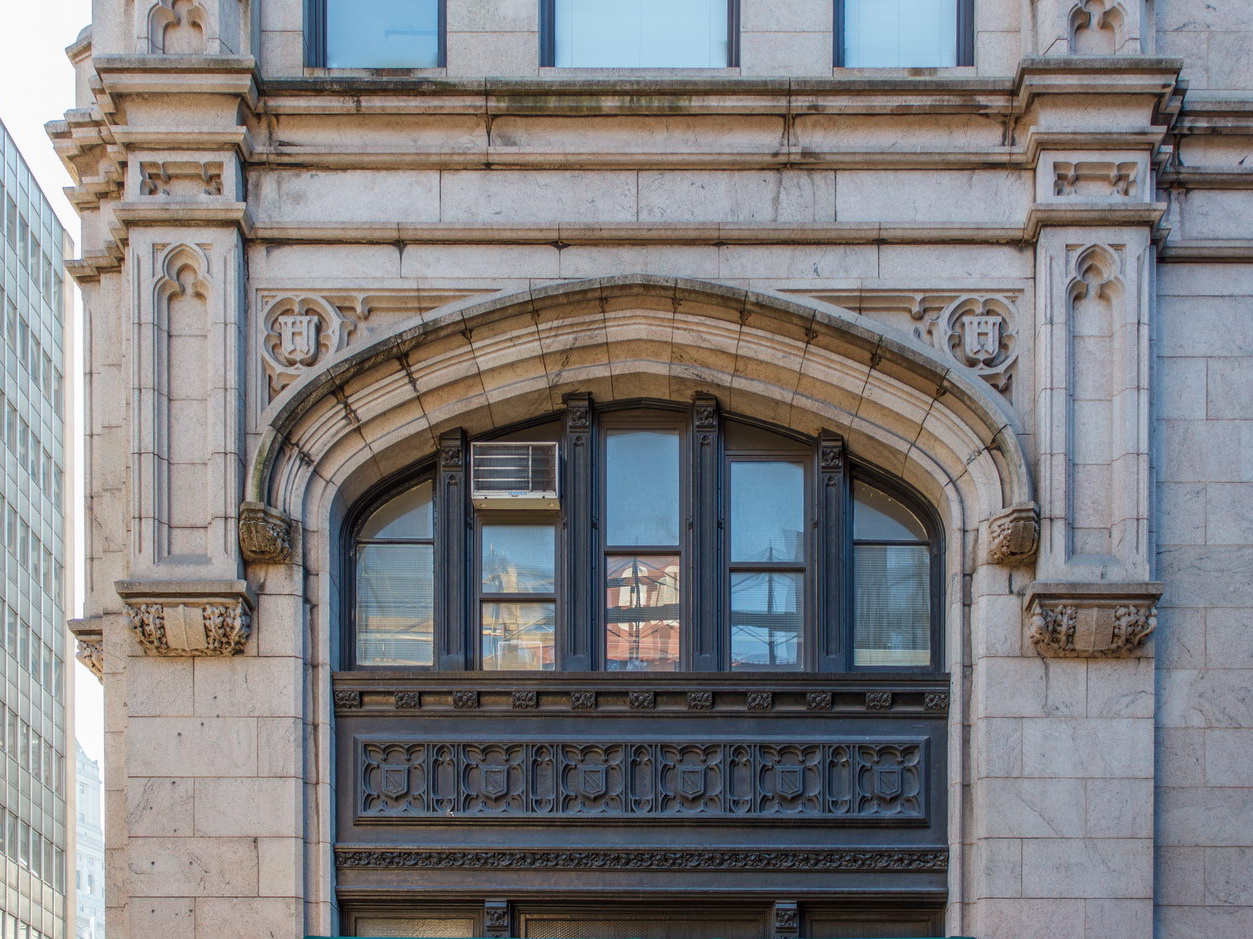
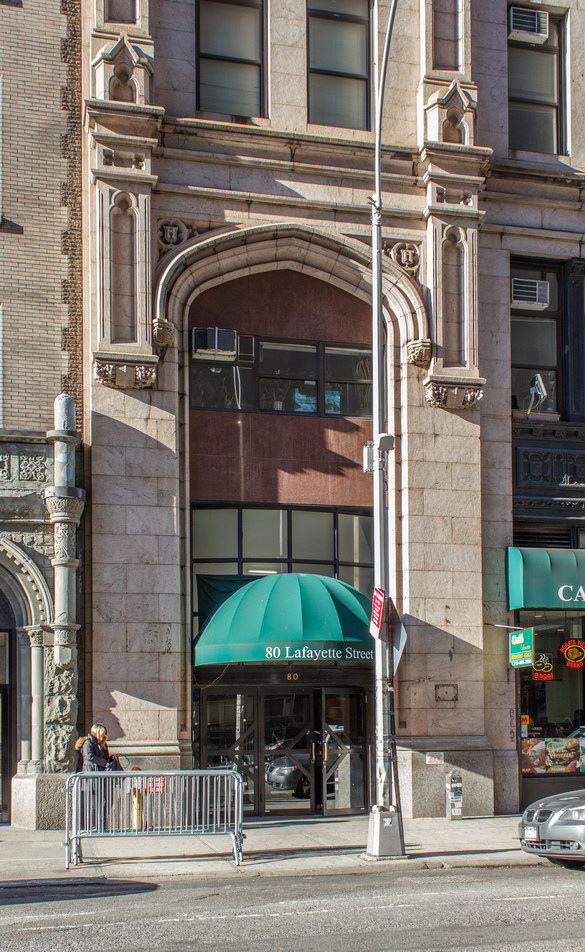
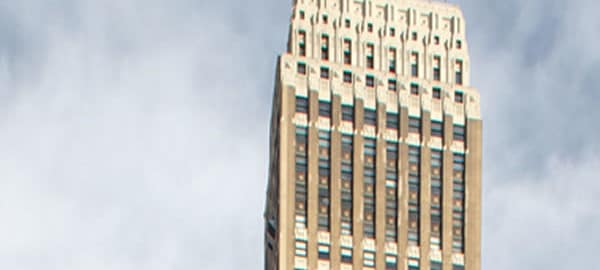
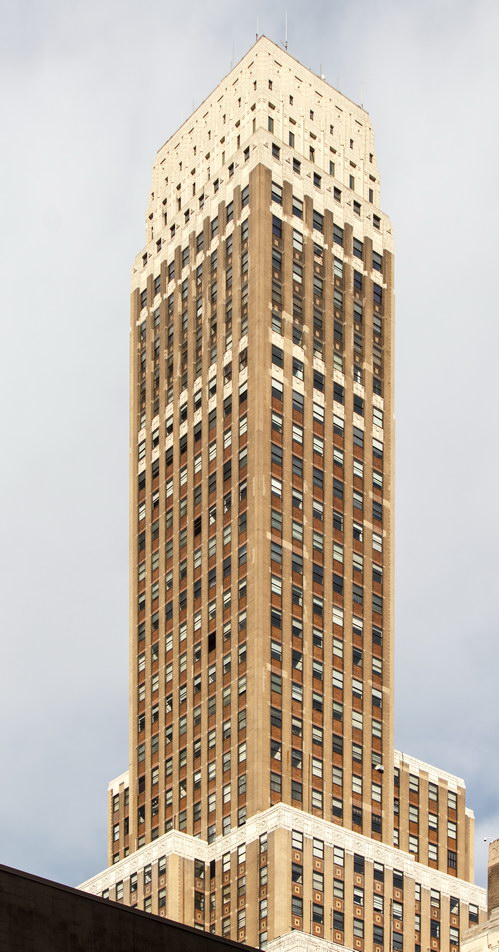
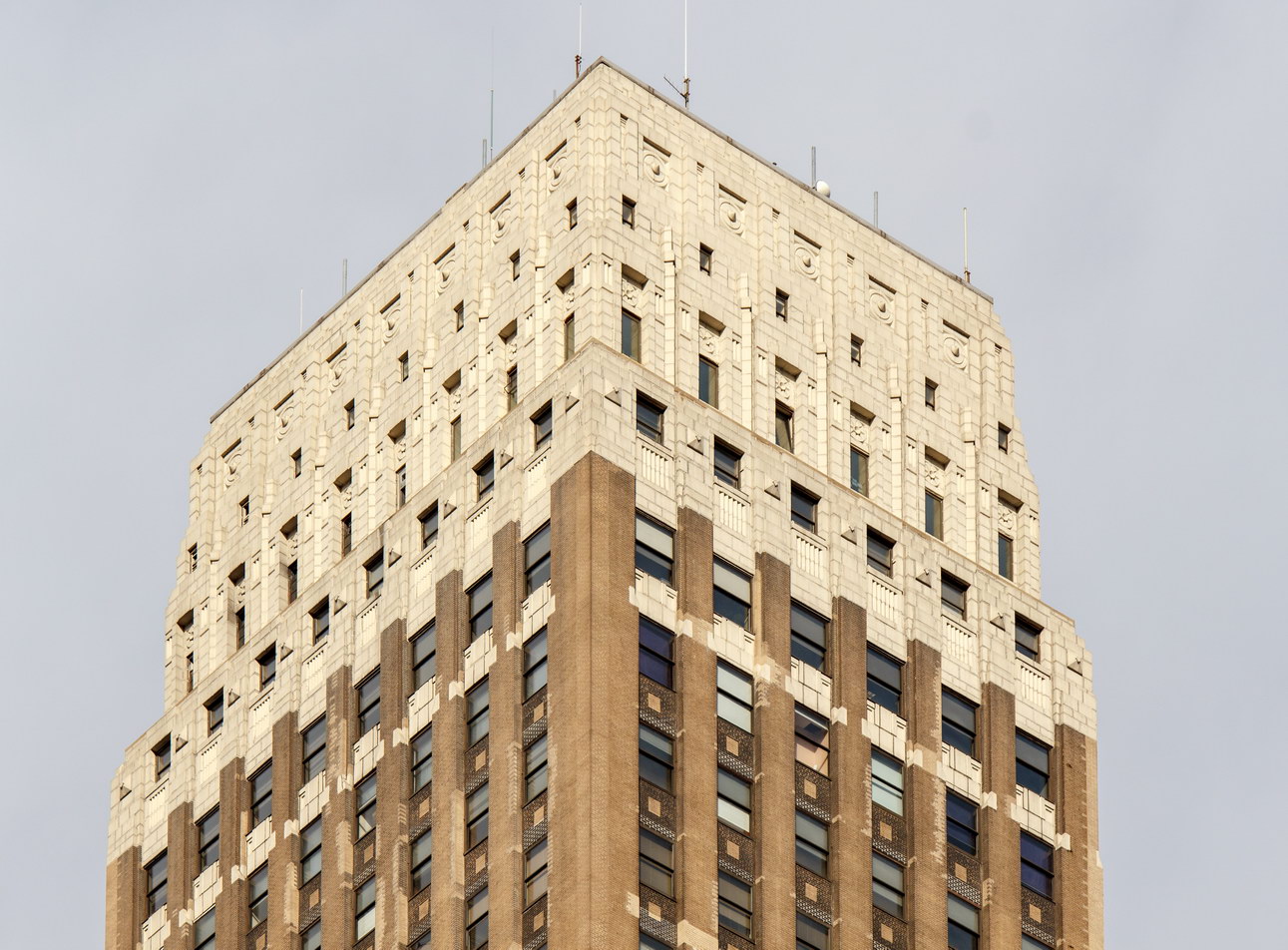
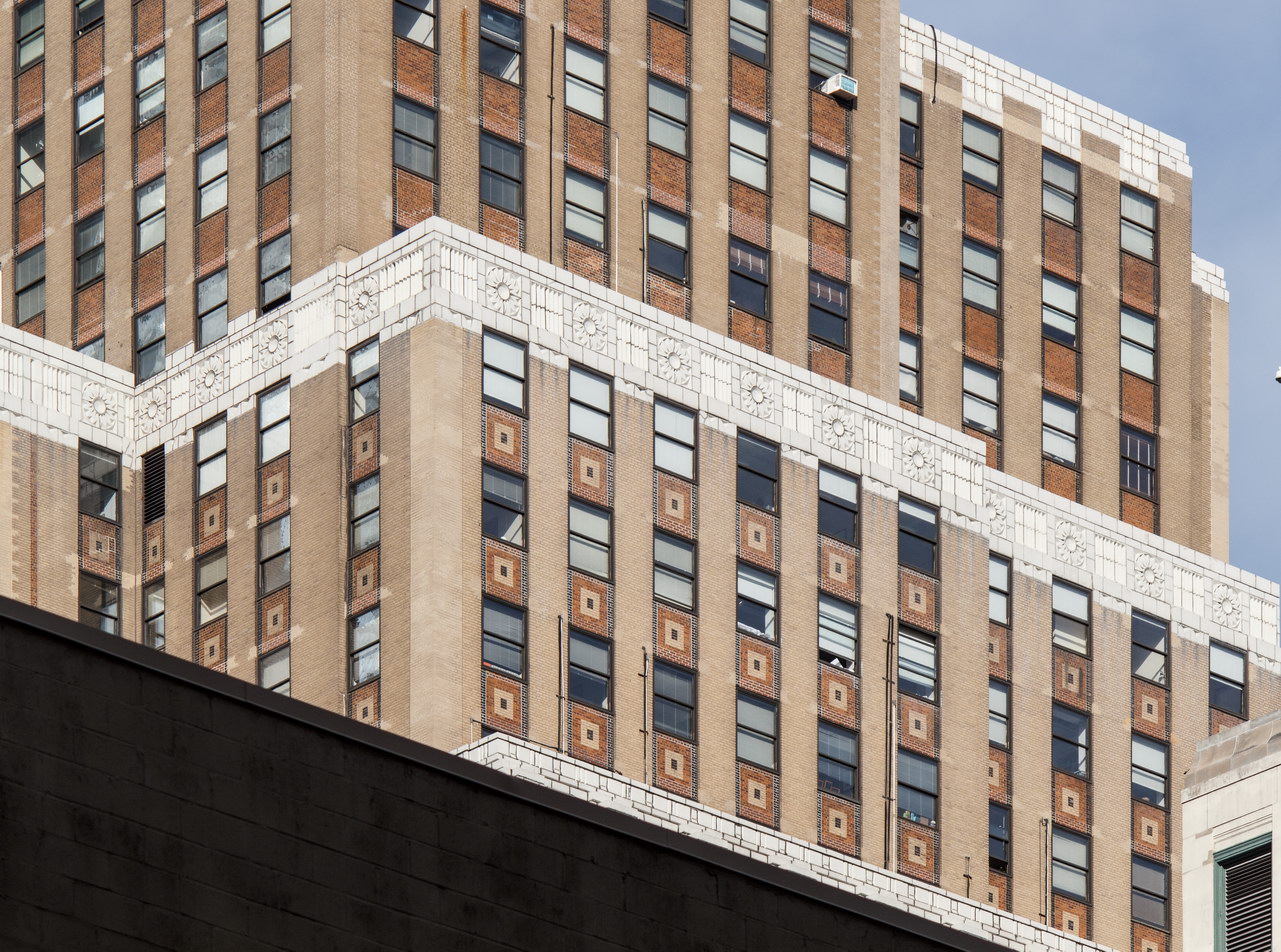
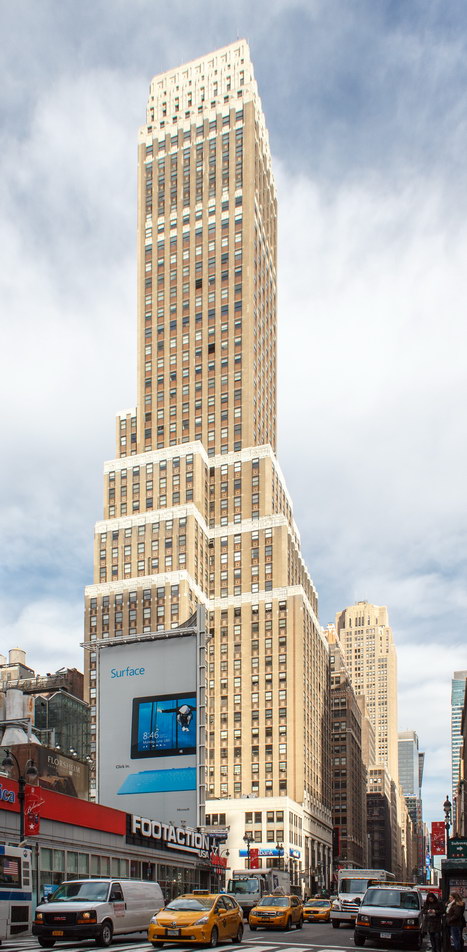
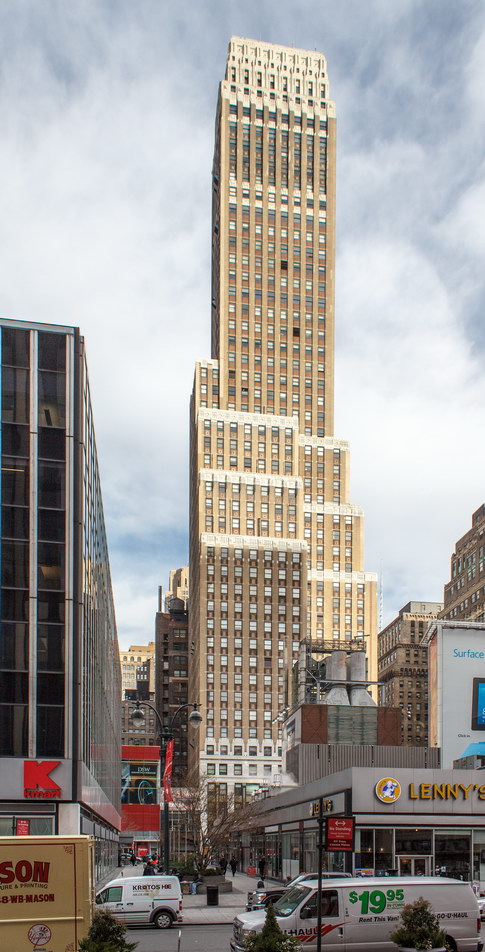
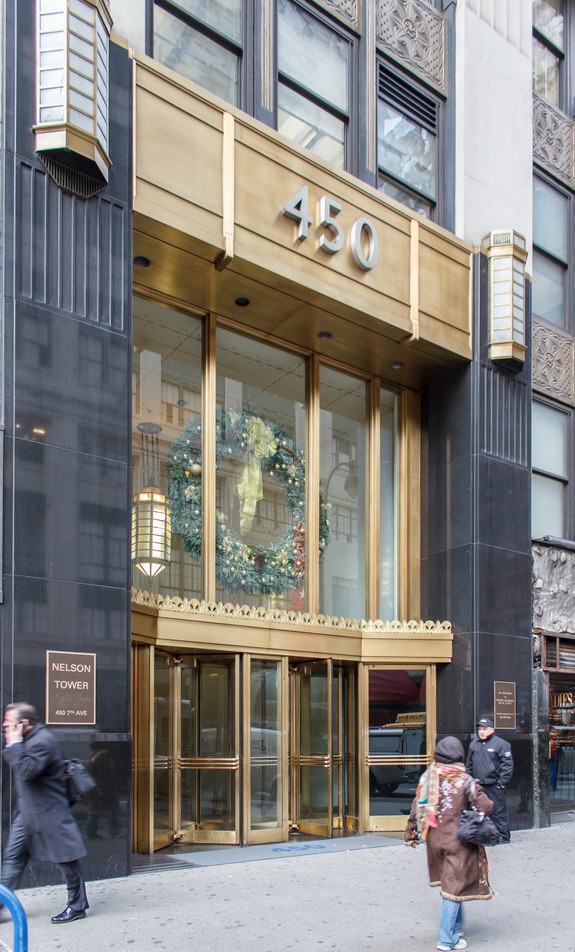
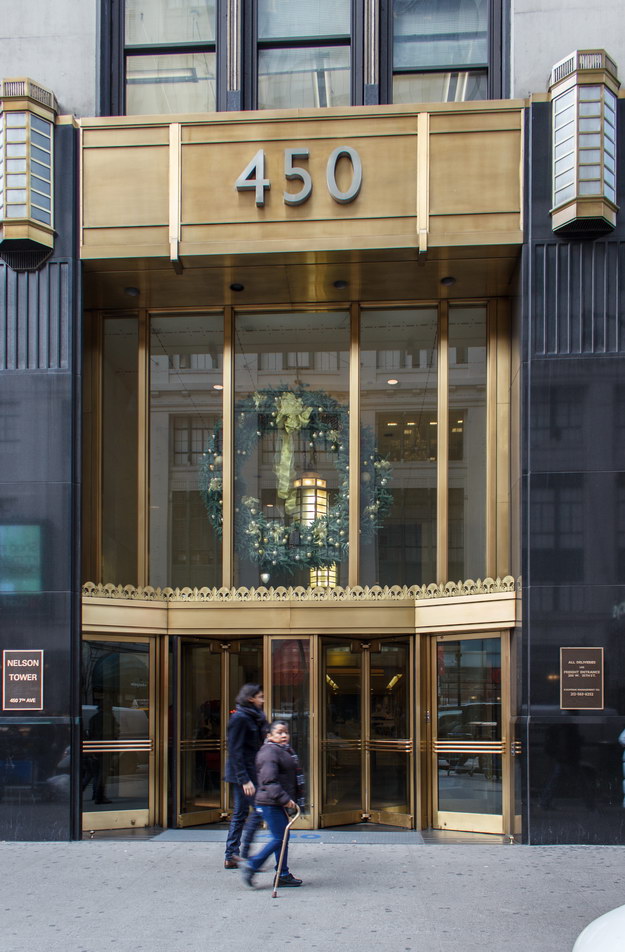
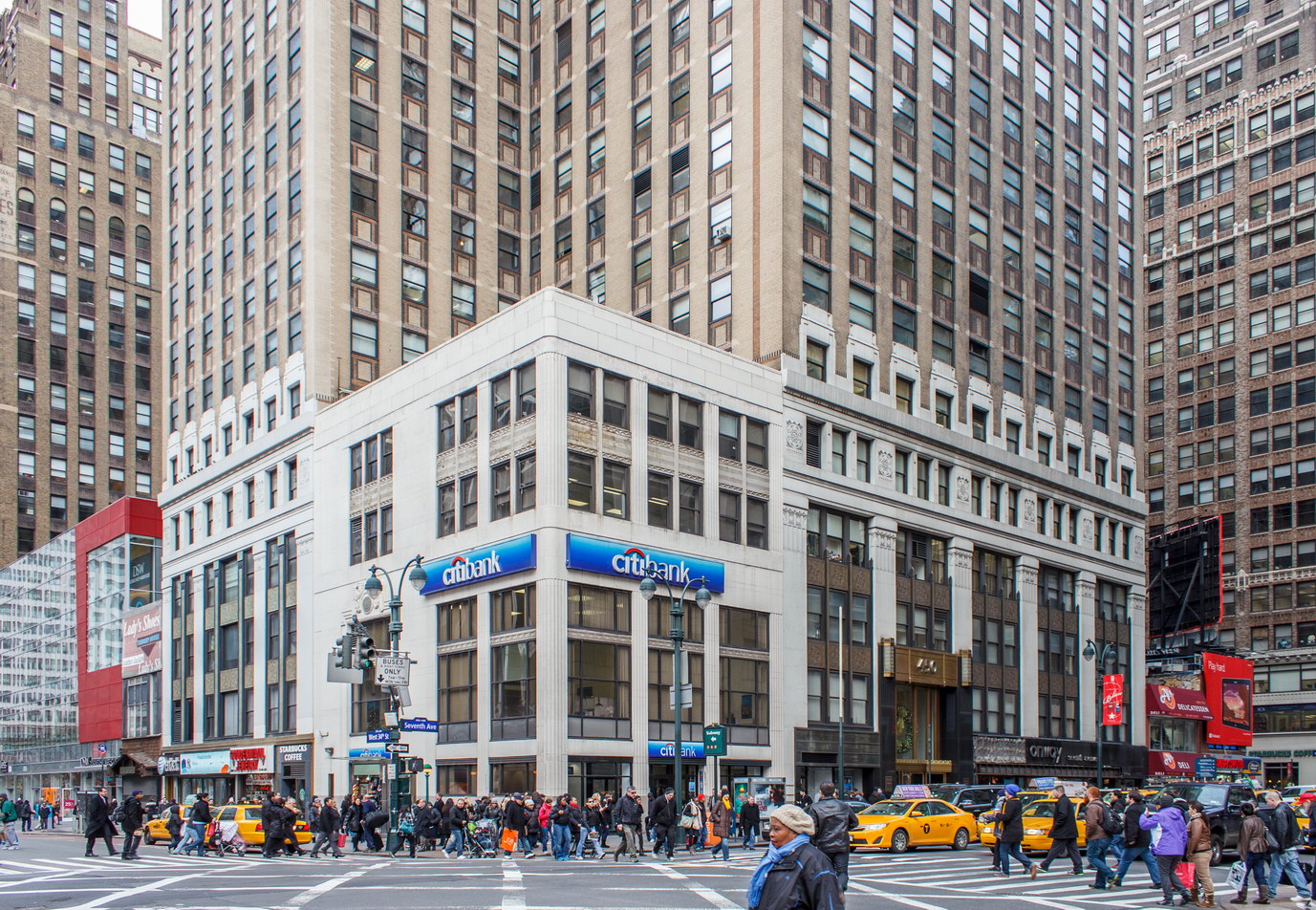
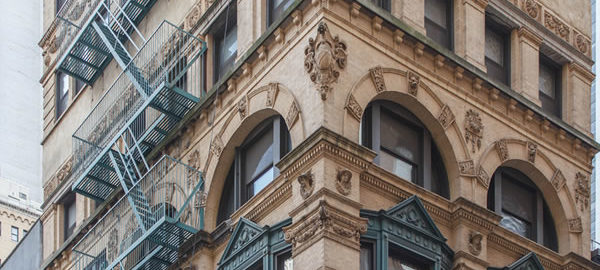
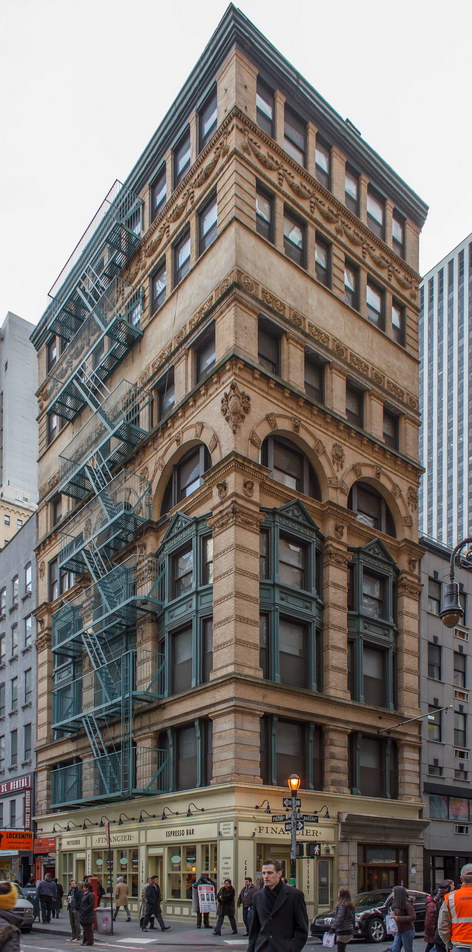
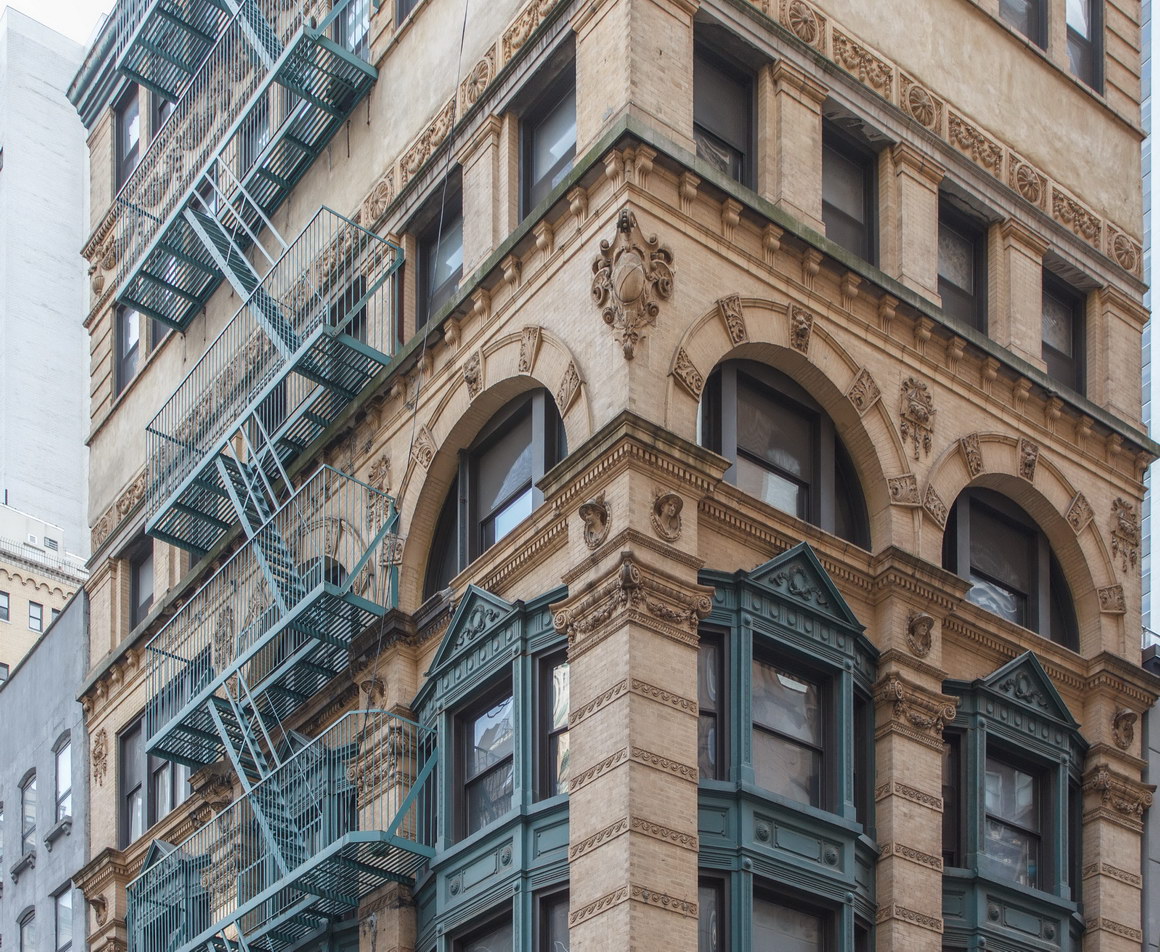
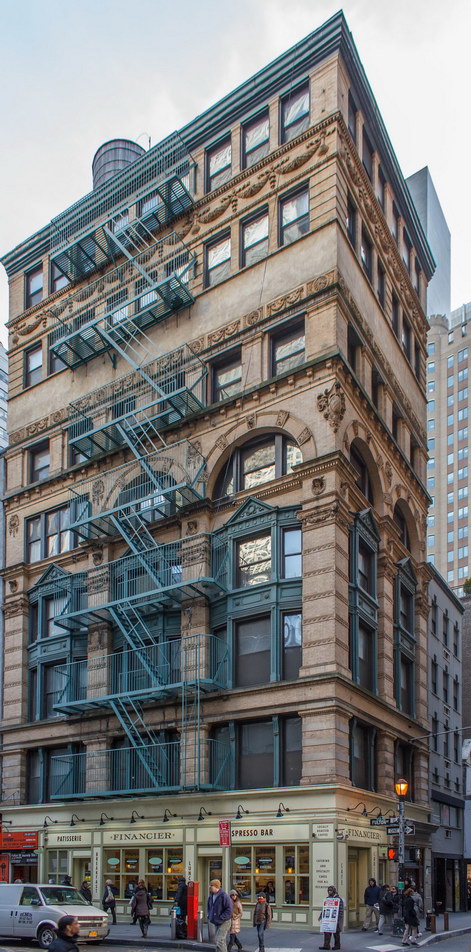
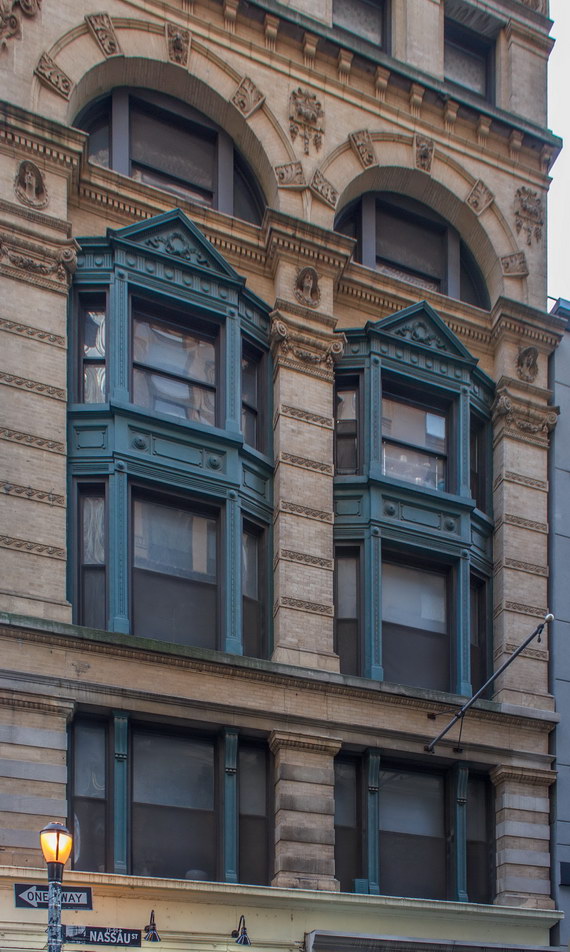
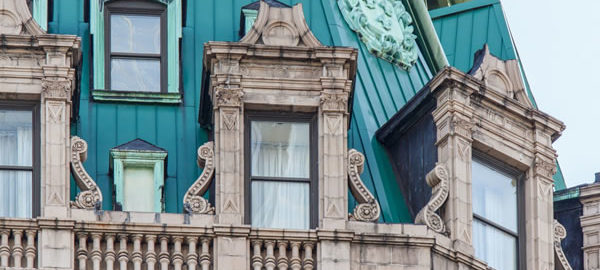
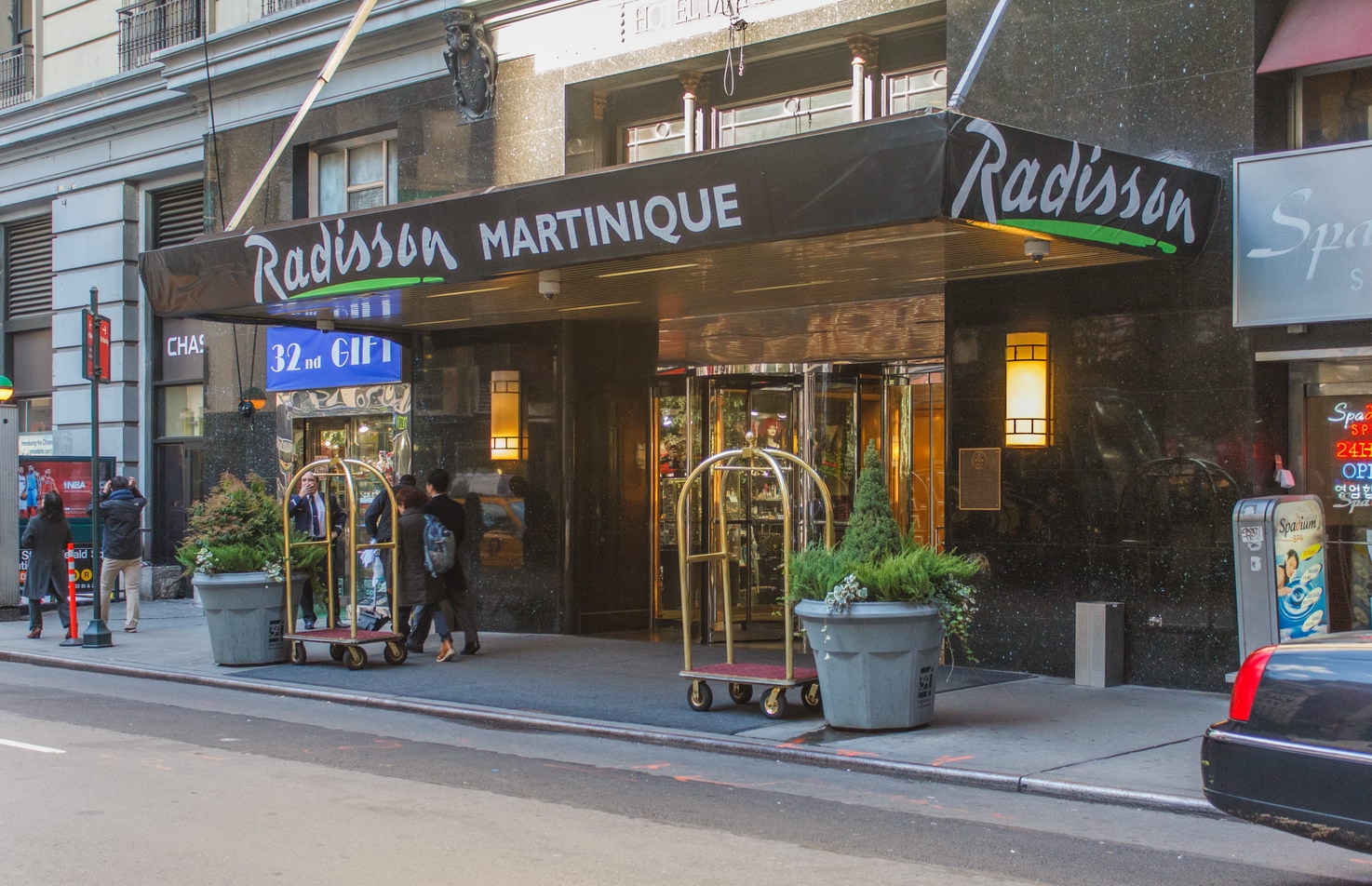
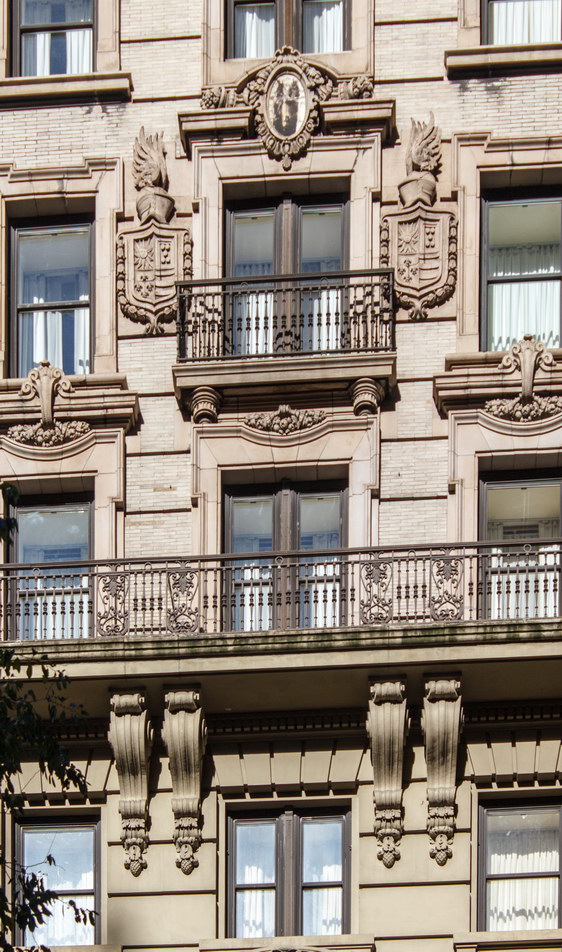
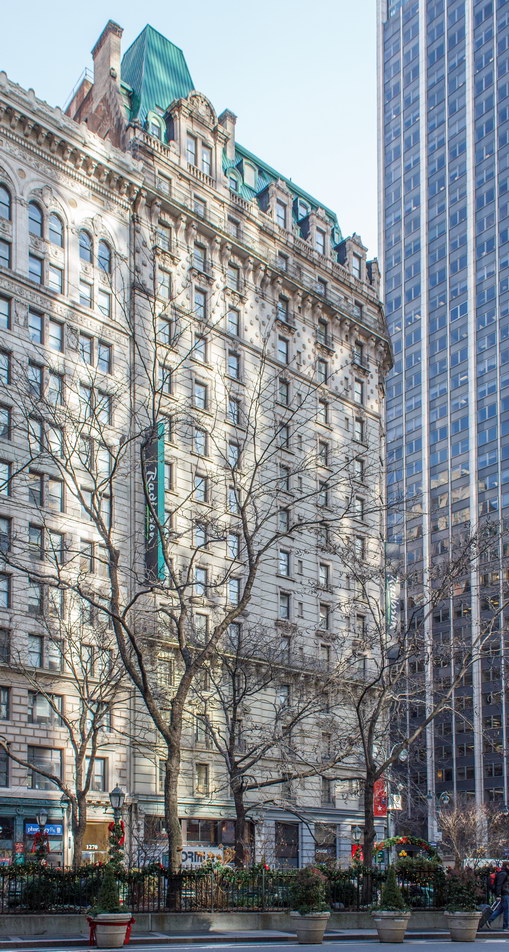
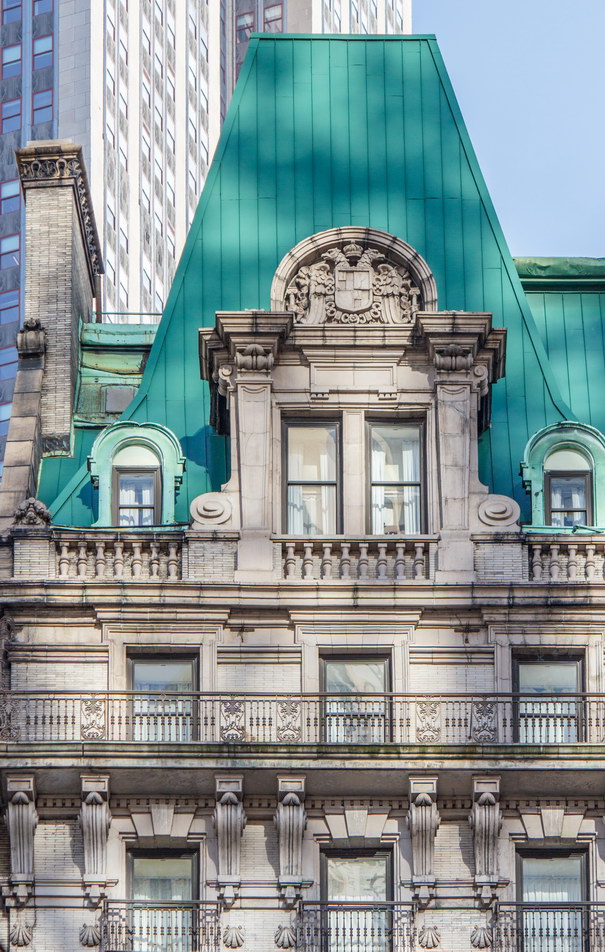
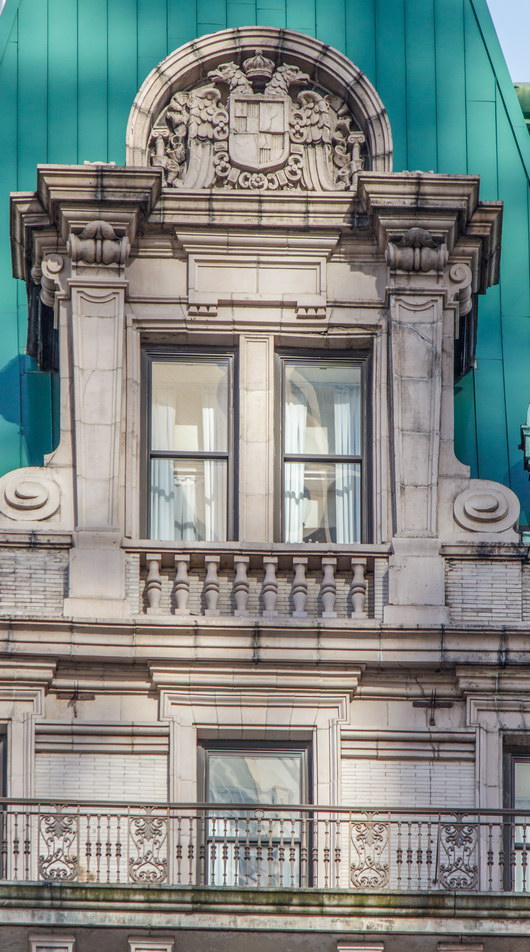
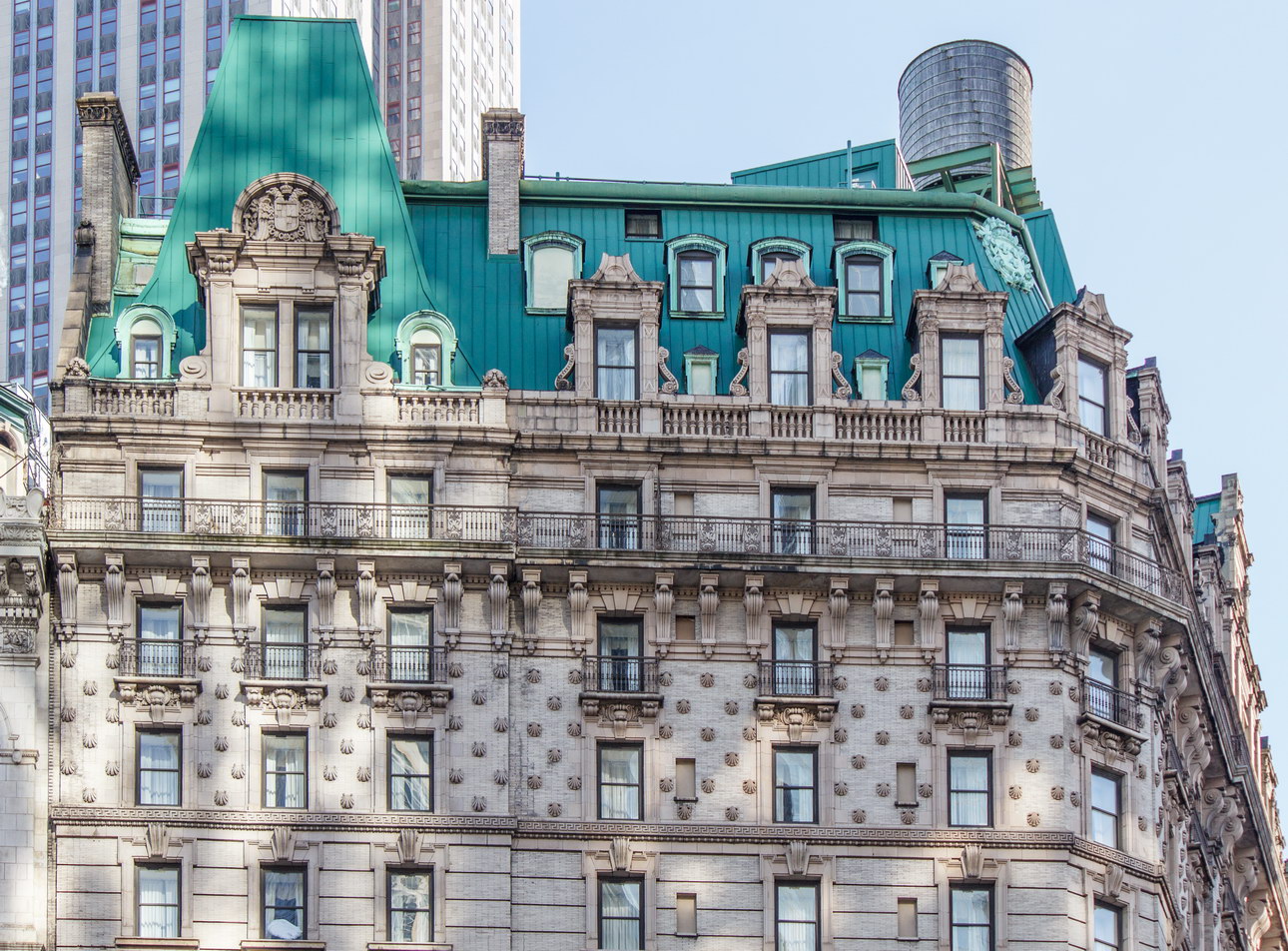
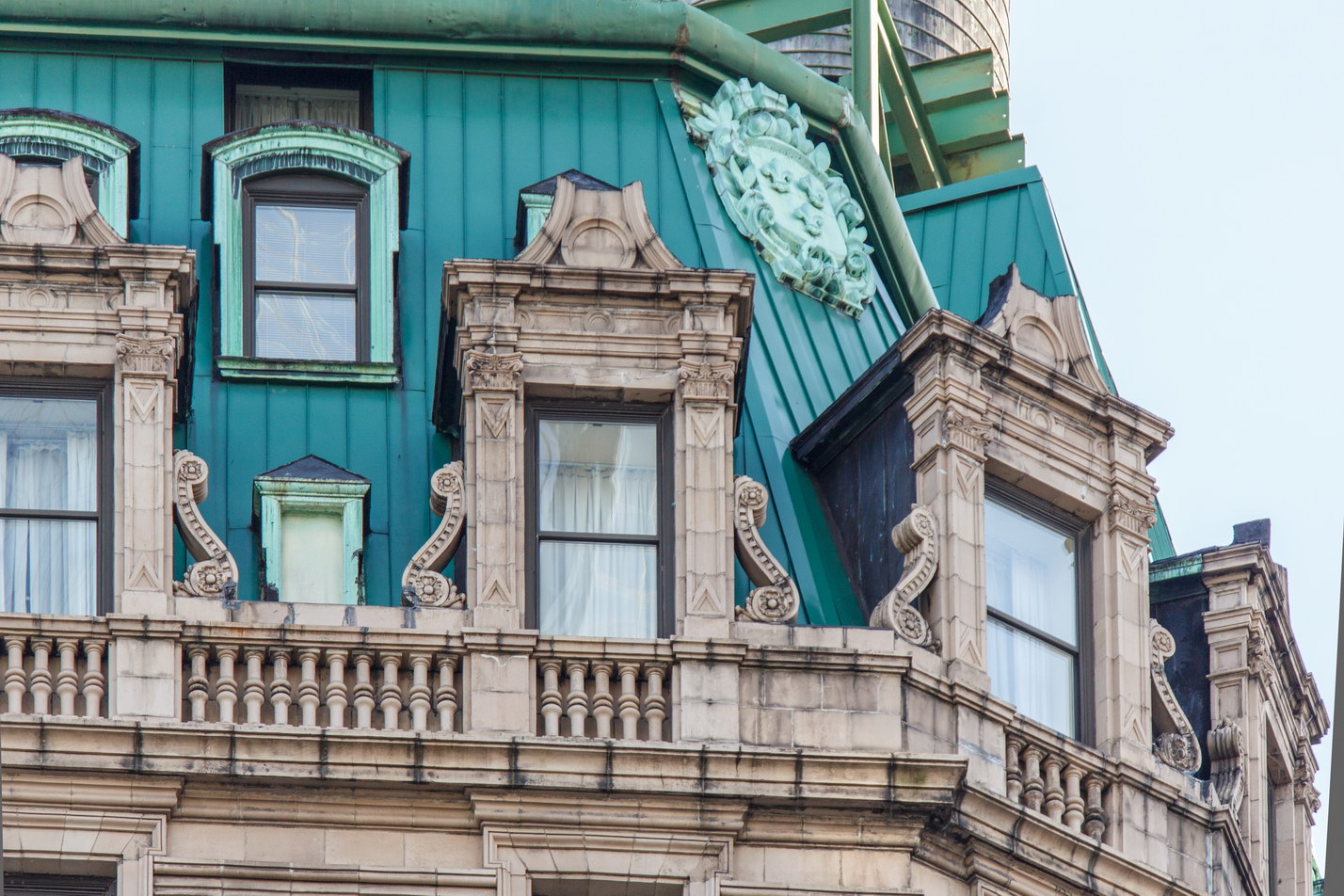
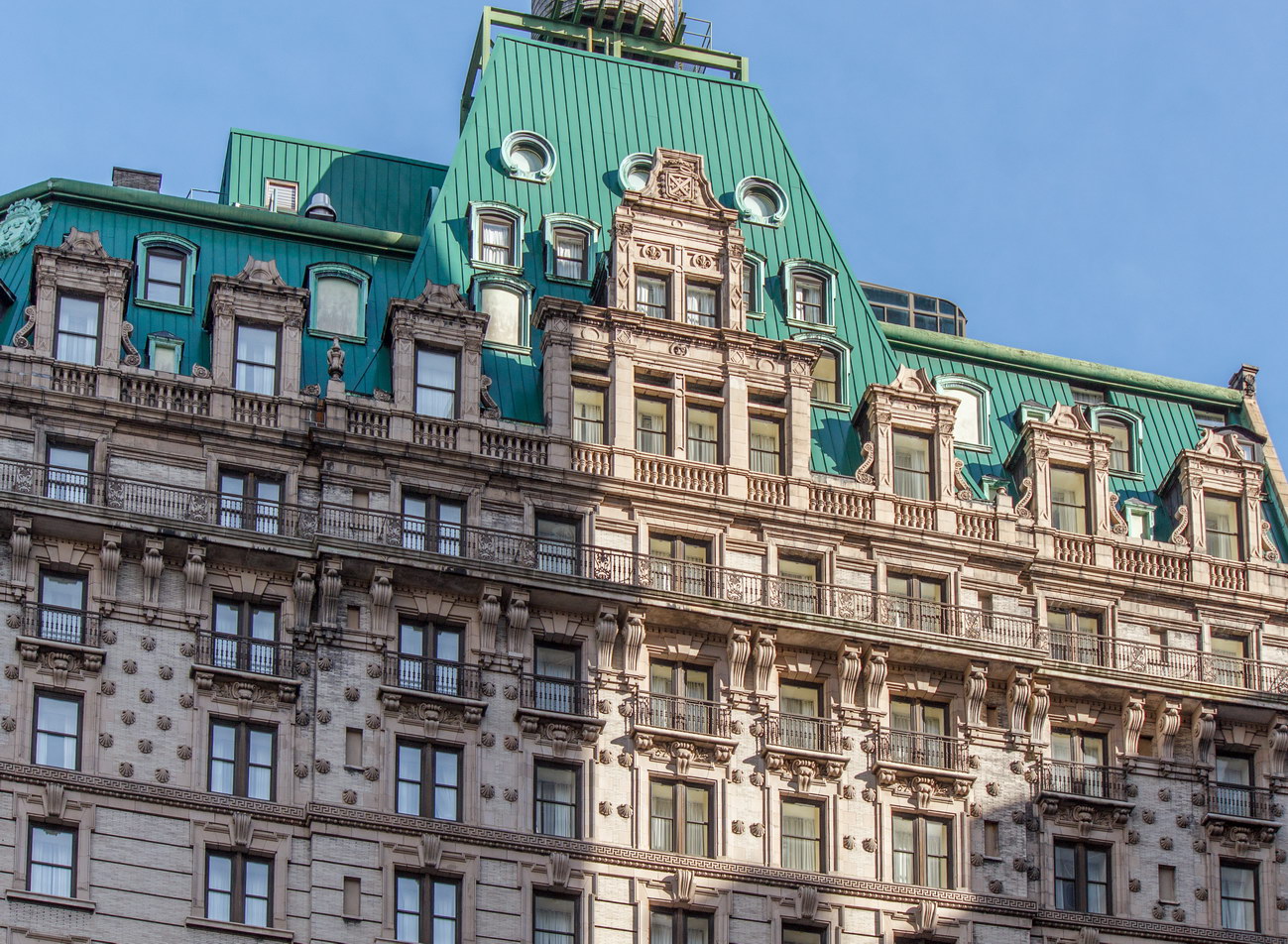
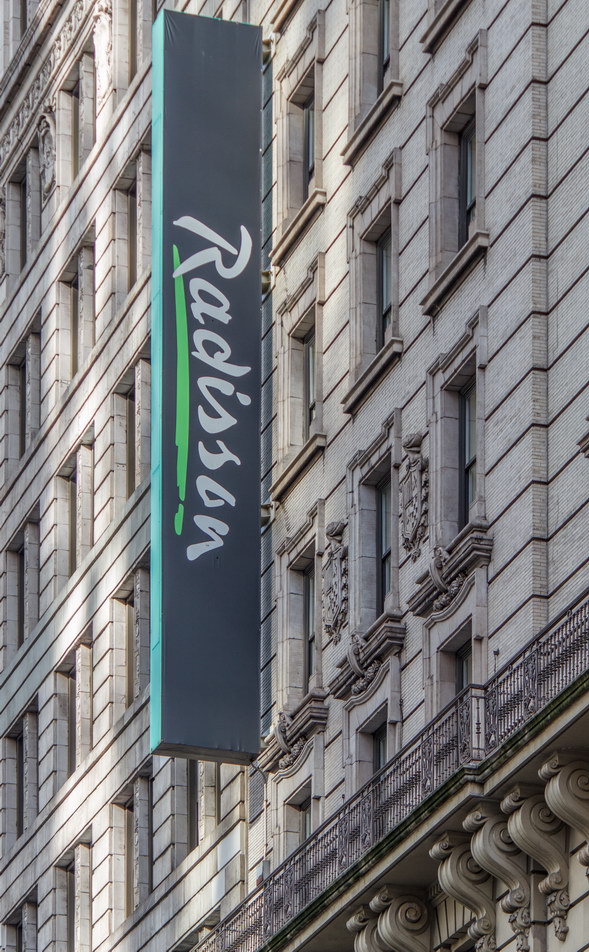
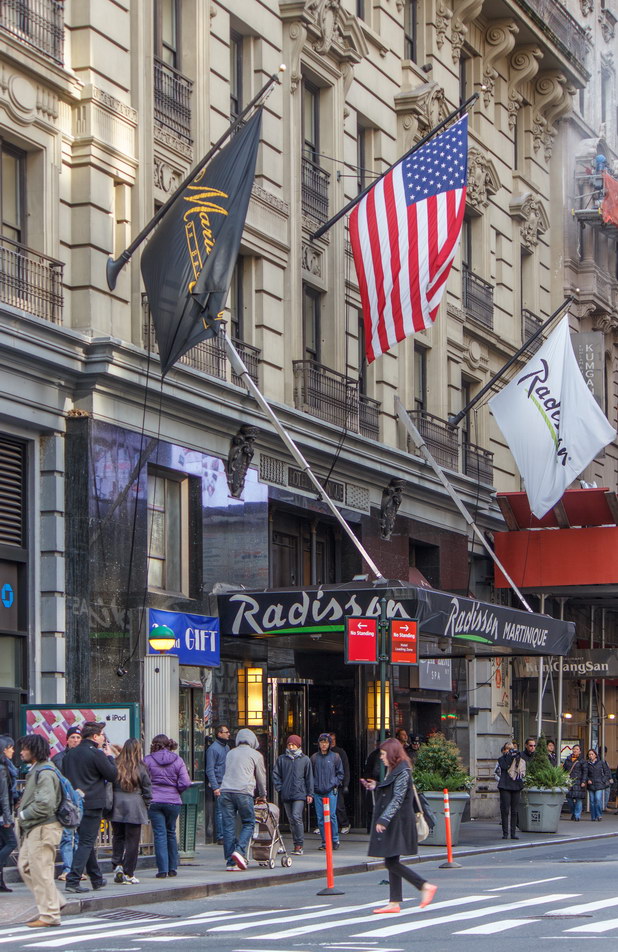
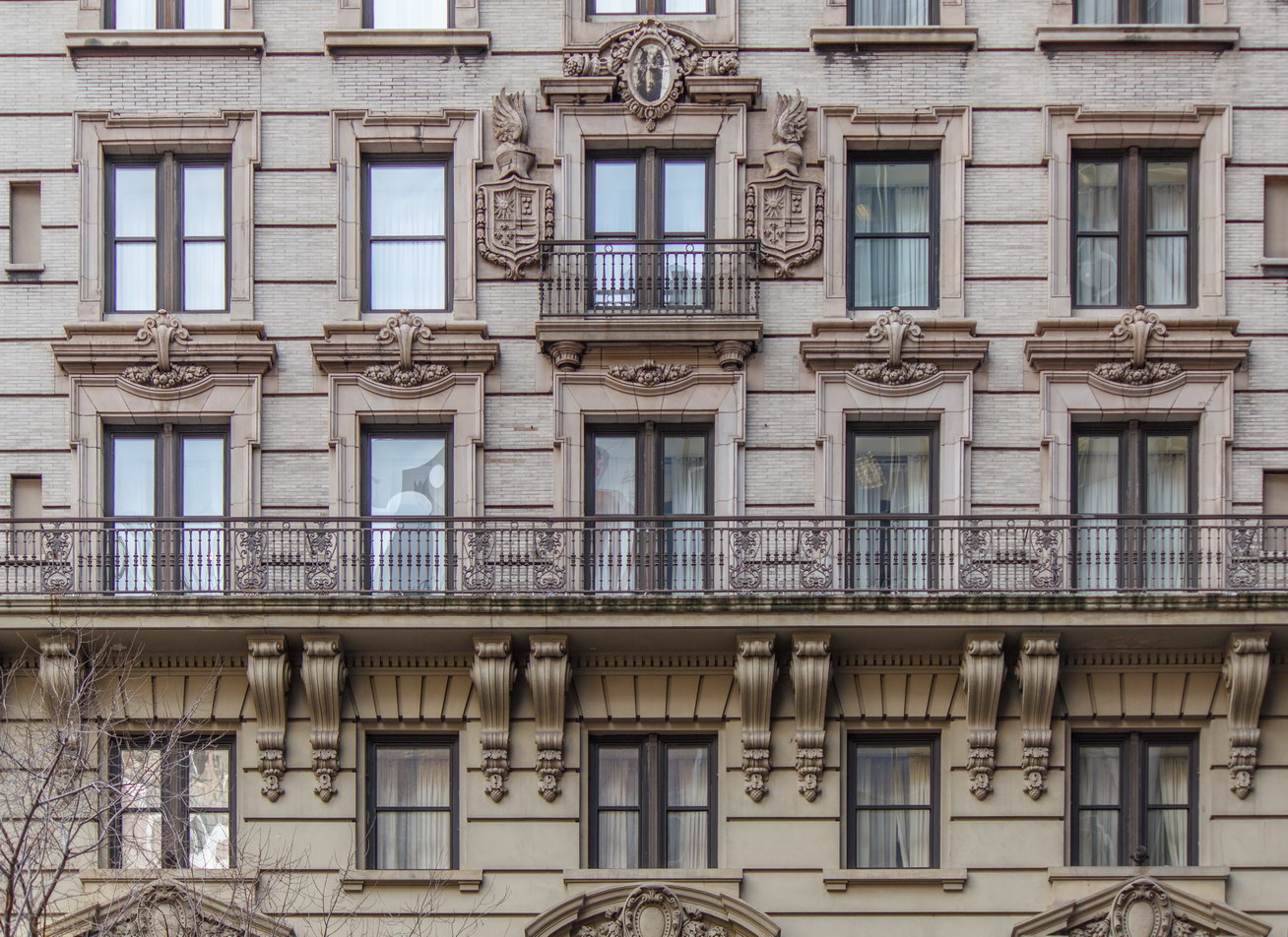
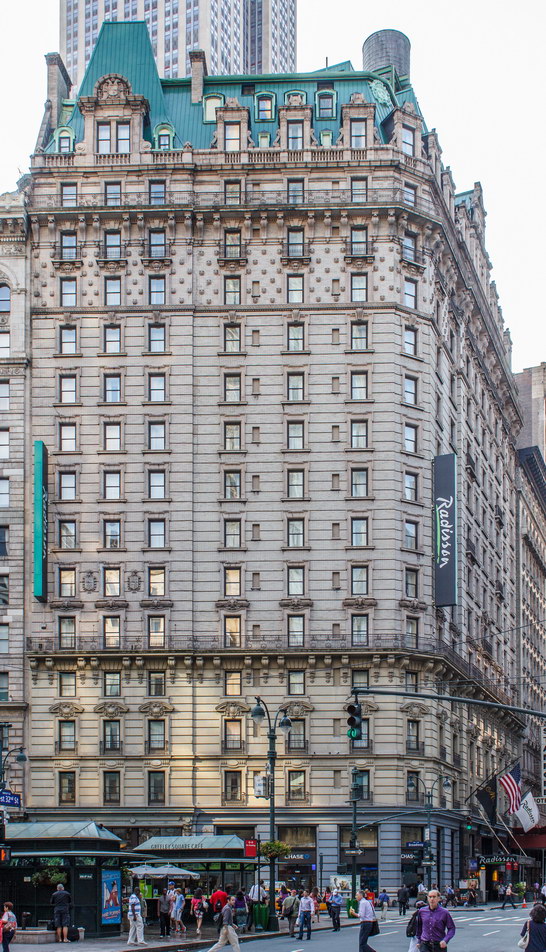
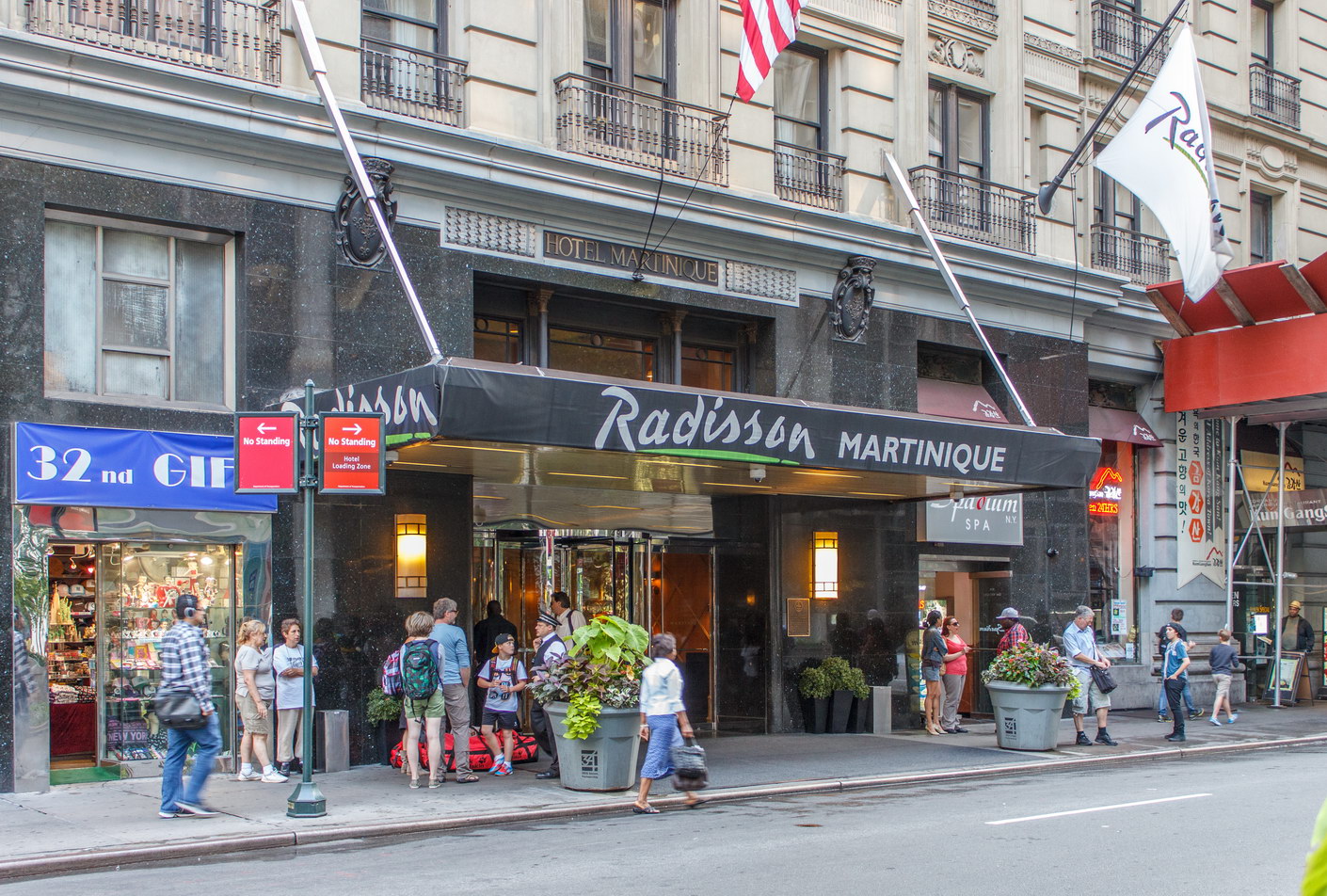
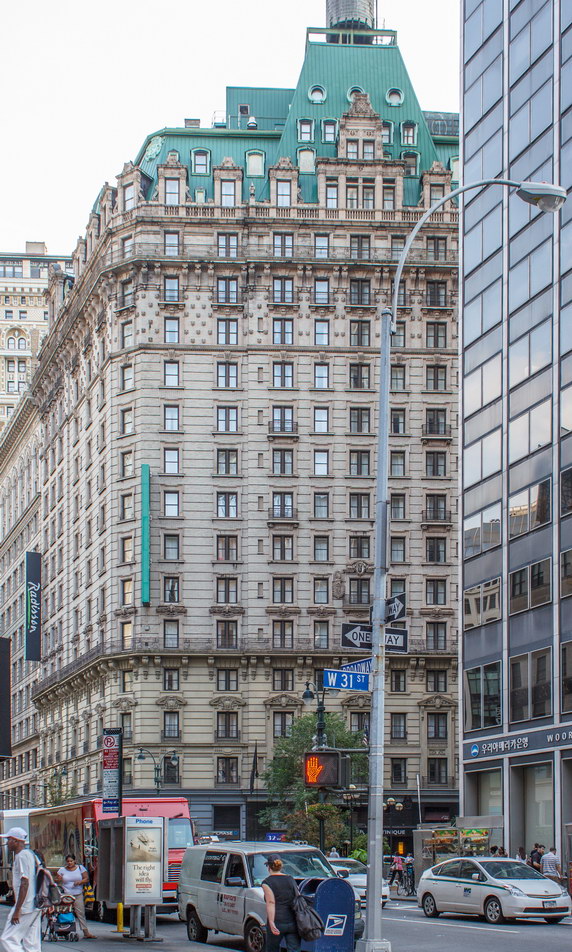
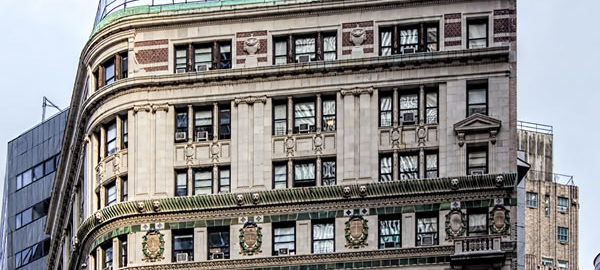
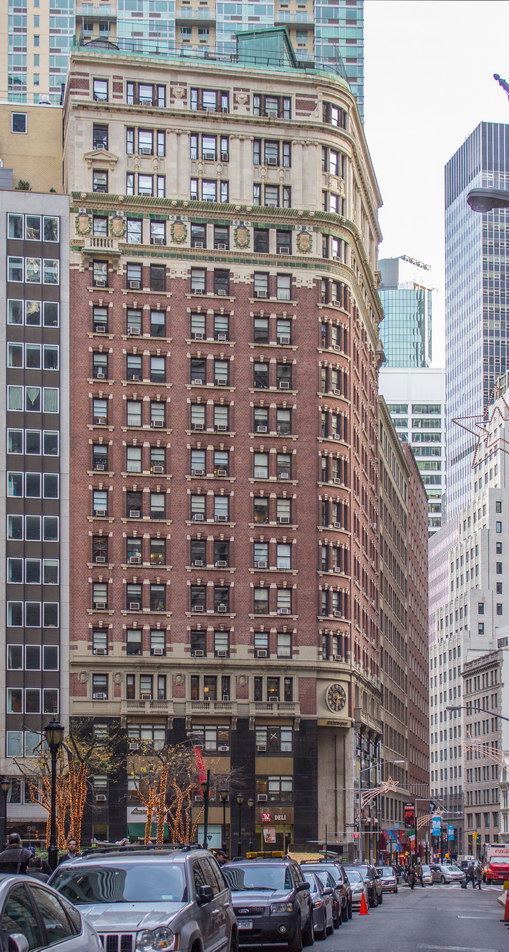
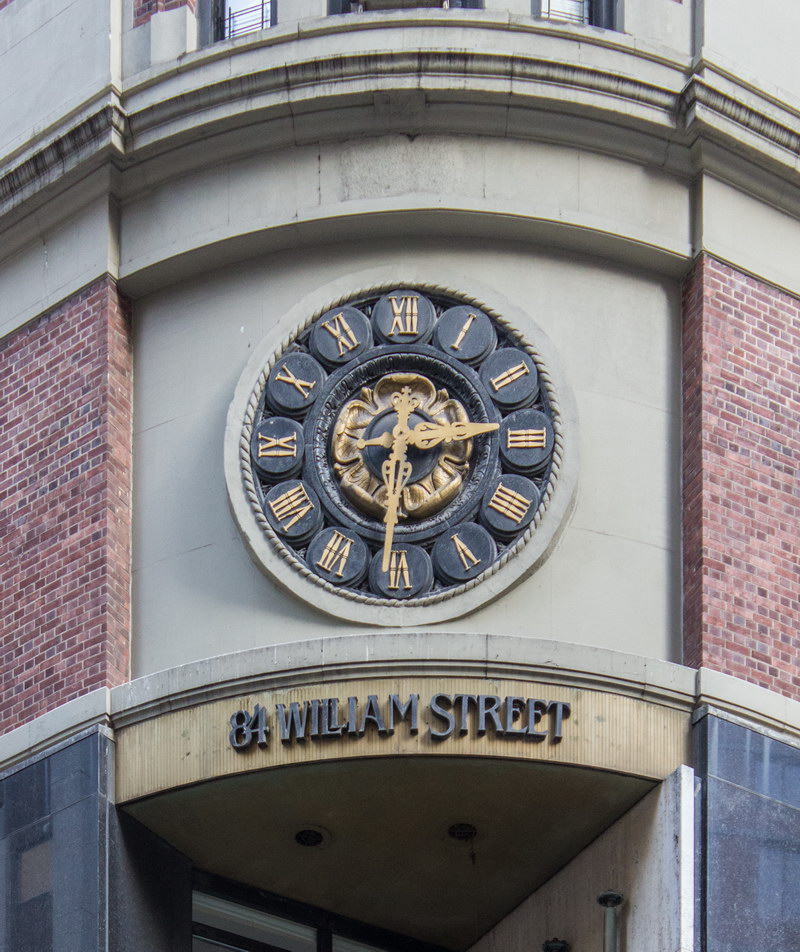
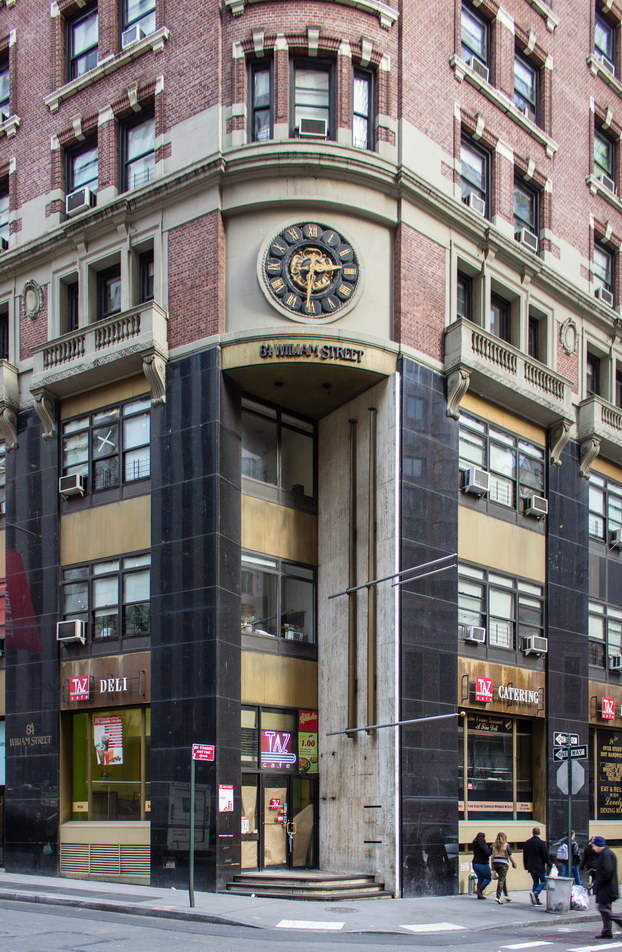
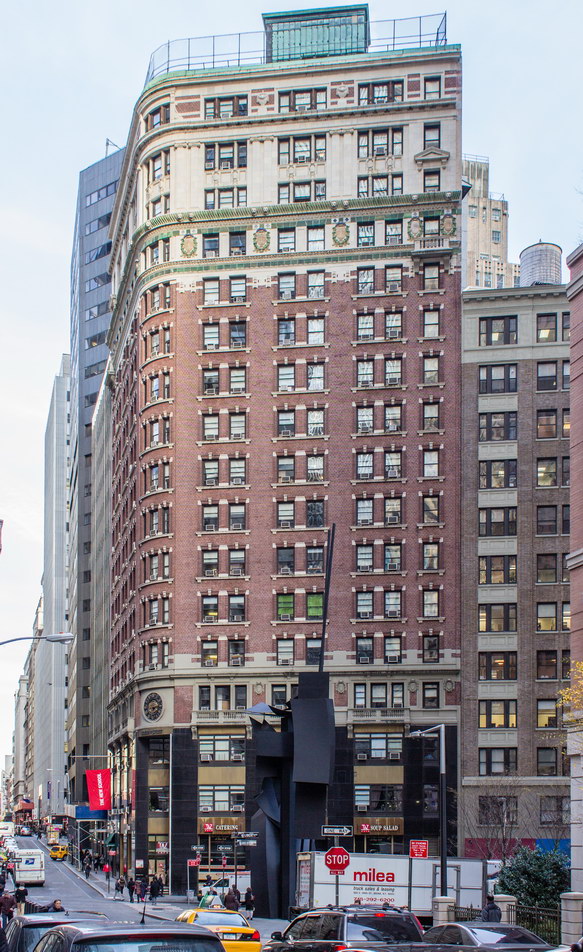
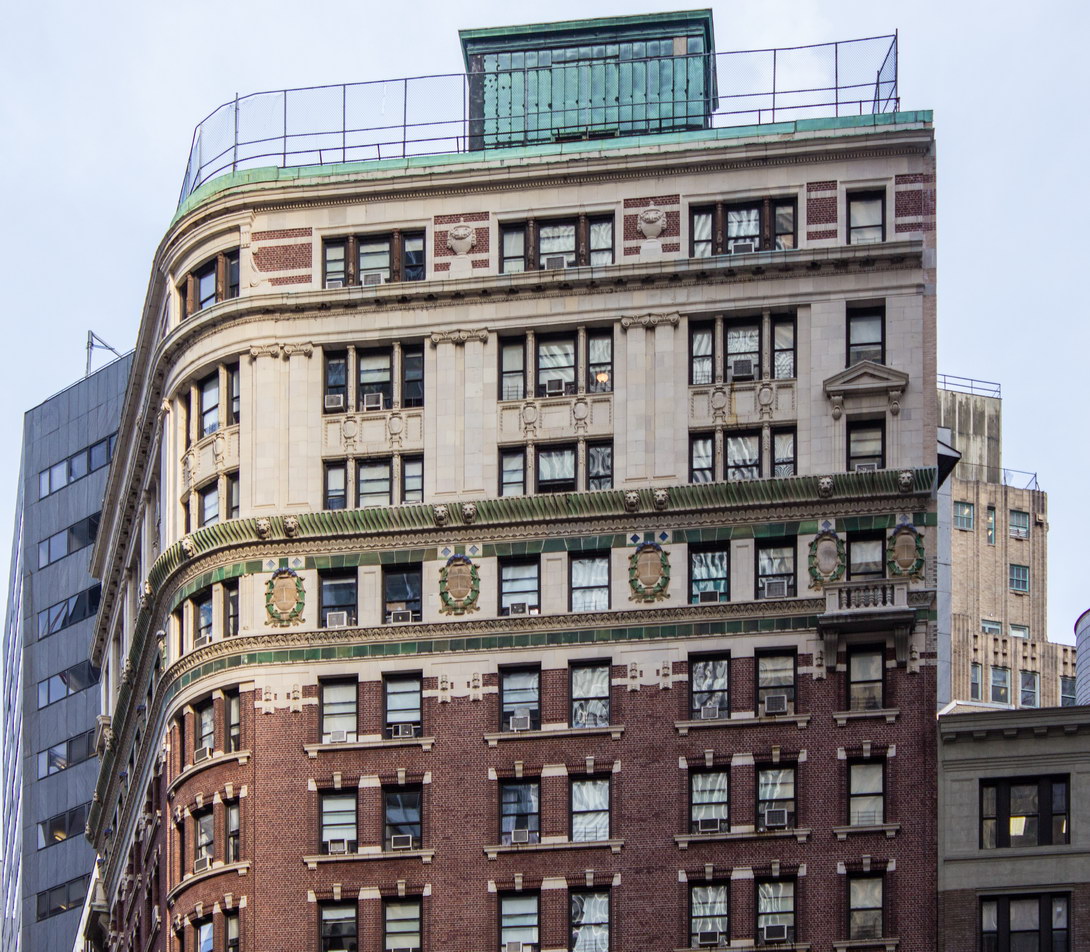
![[84 William Street] Original [84 William Street] Original](https://www.newyorkitecture.com/wp-content/gallery/84-william-street/original_resize.jpg)
![[84 William Street] Original-2 [84 William Street] Original-2](https://www.newyorkitecture.com/wp-content/gallery/84-william-street/original-2_resize.jpg)
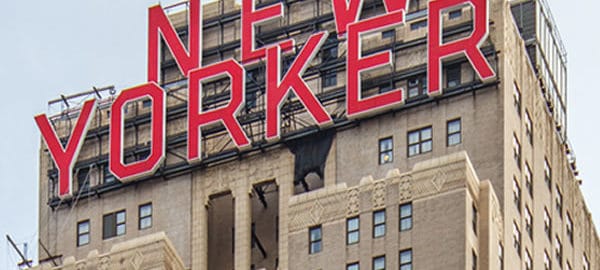
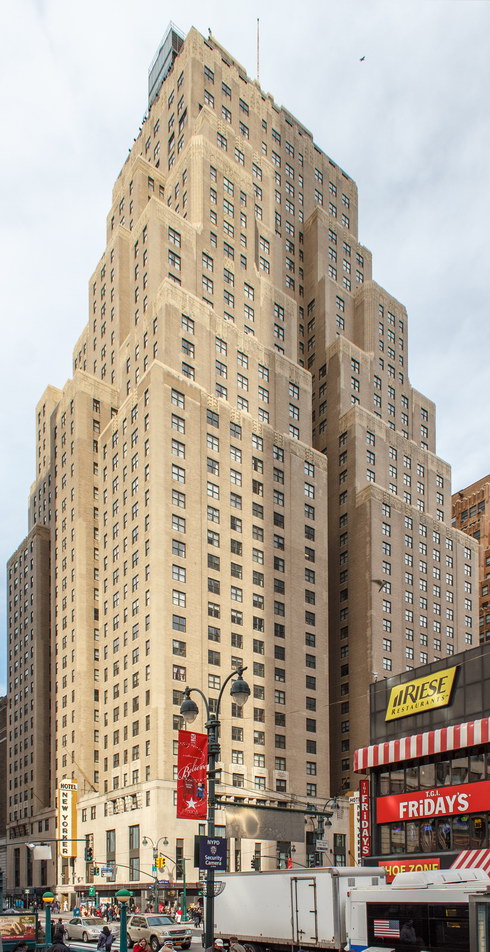
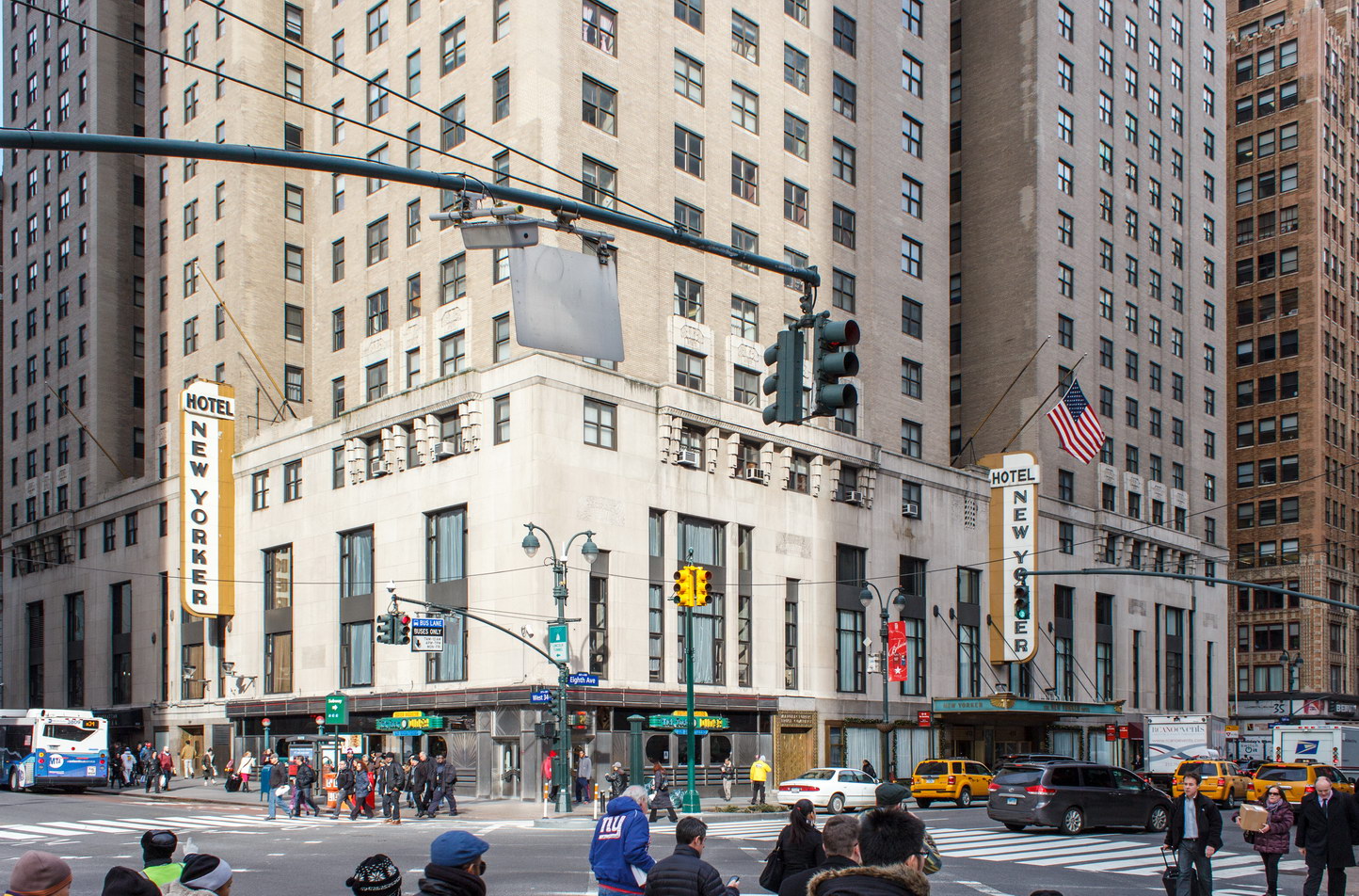
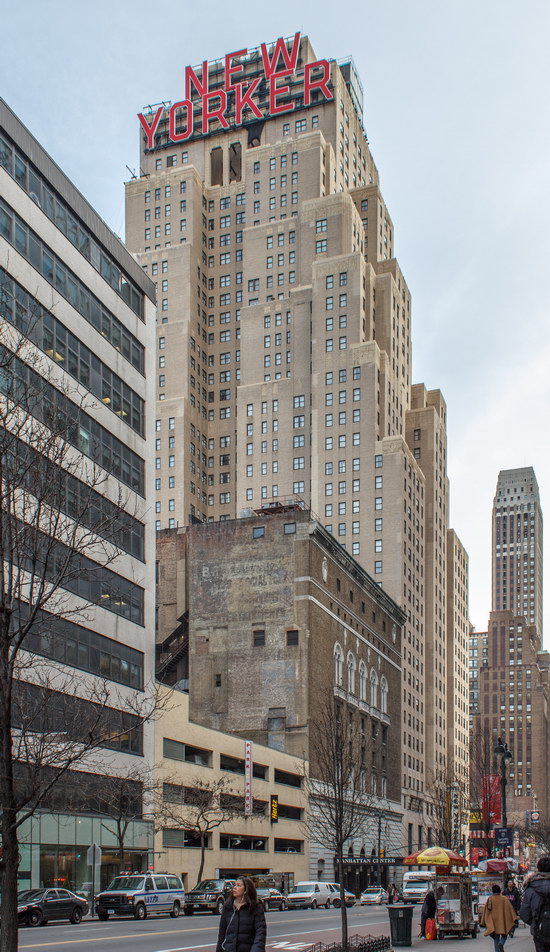
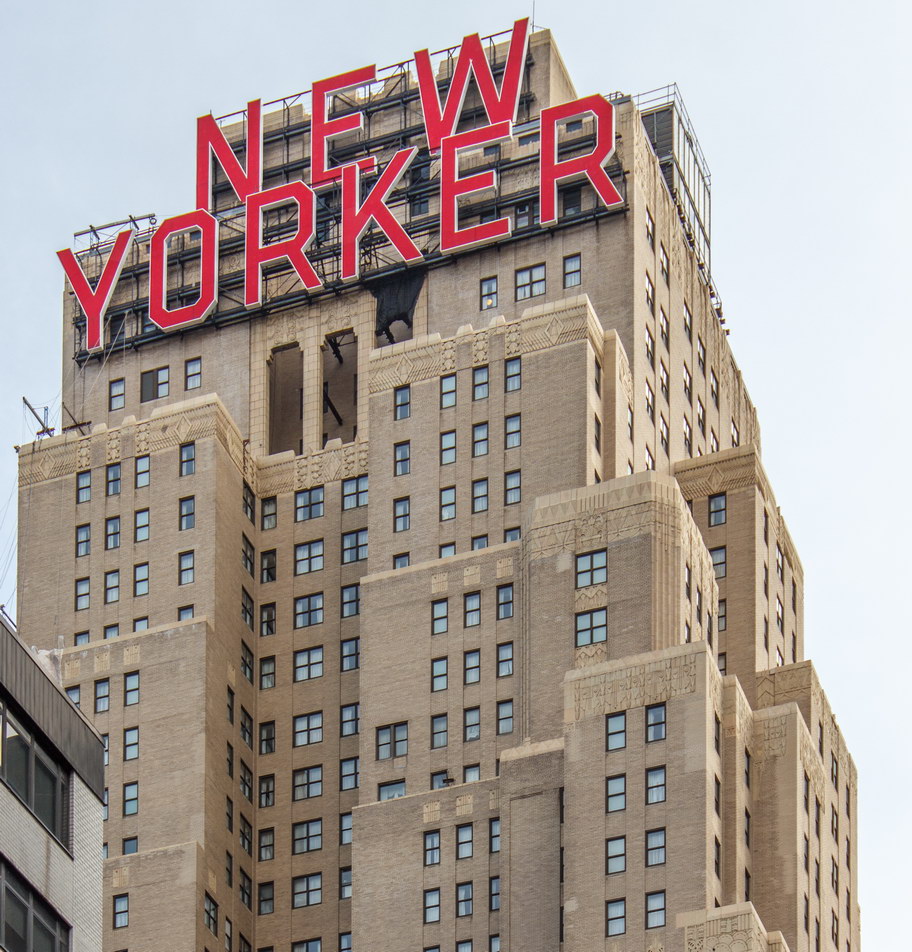
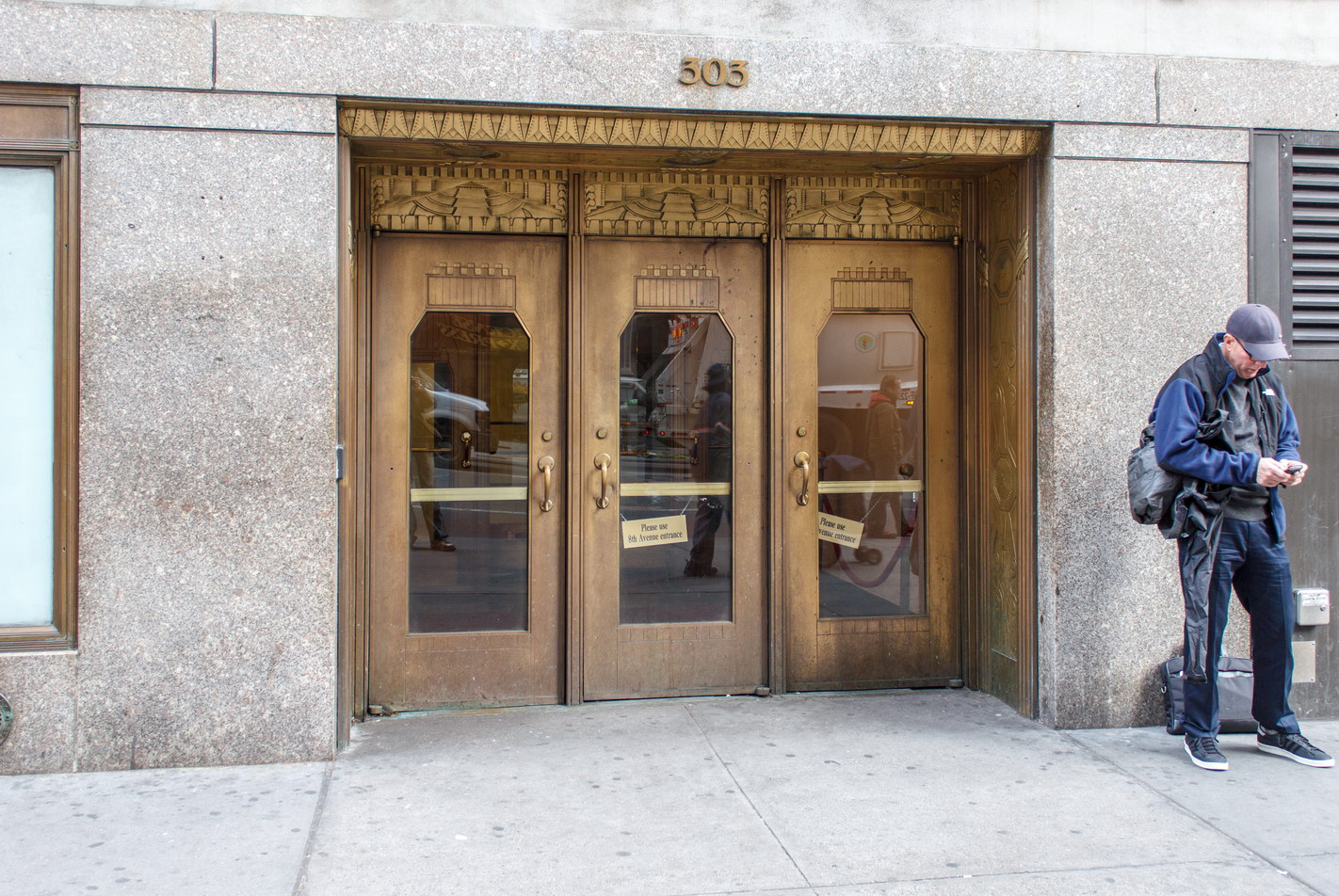
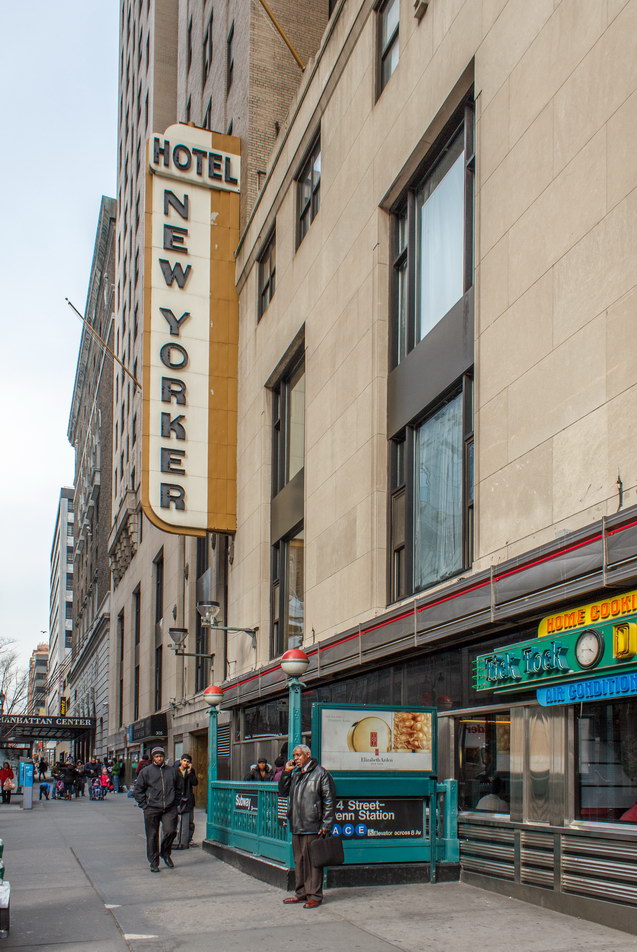
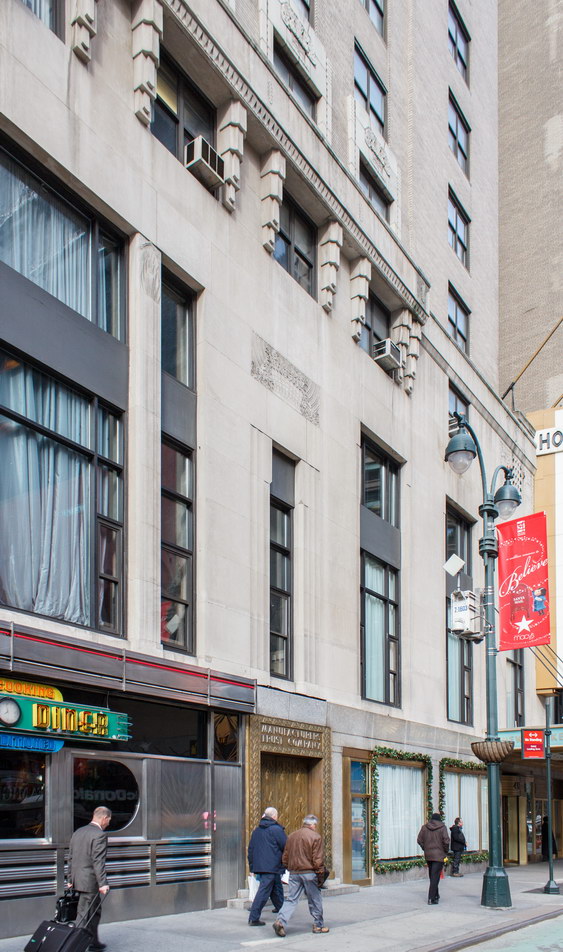
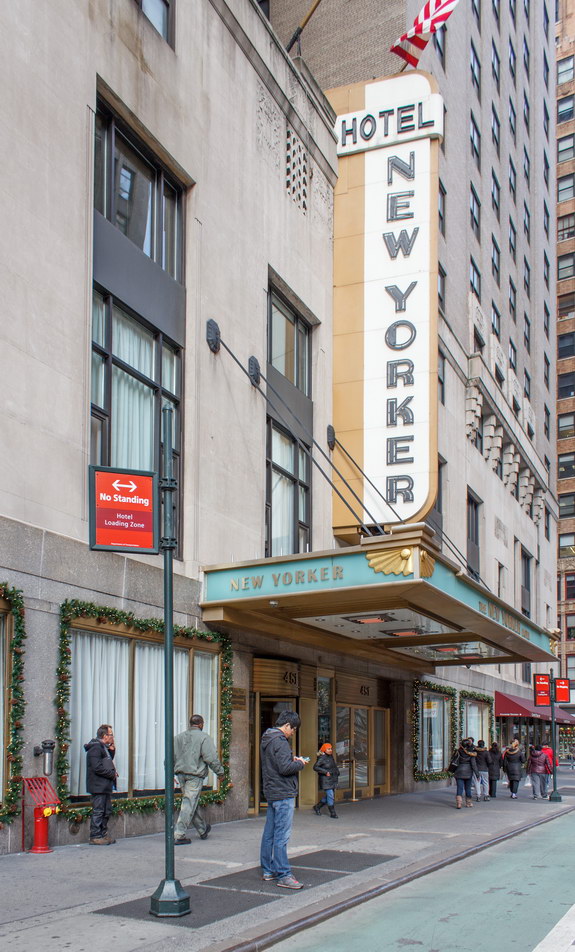
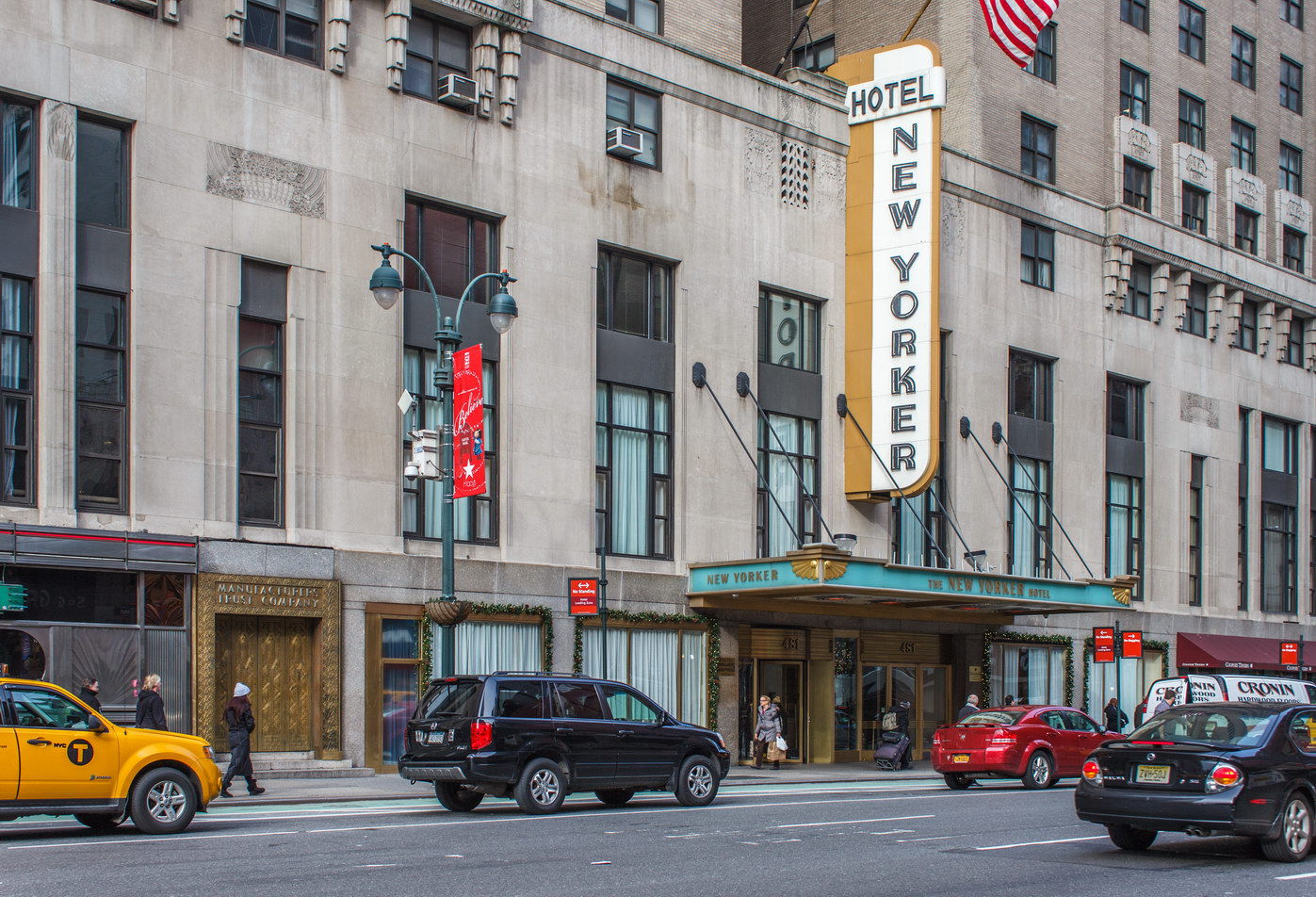
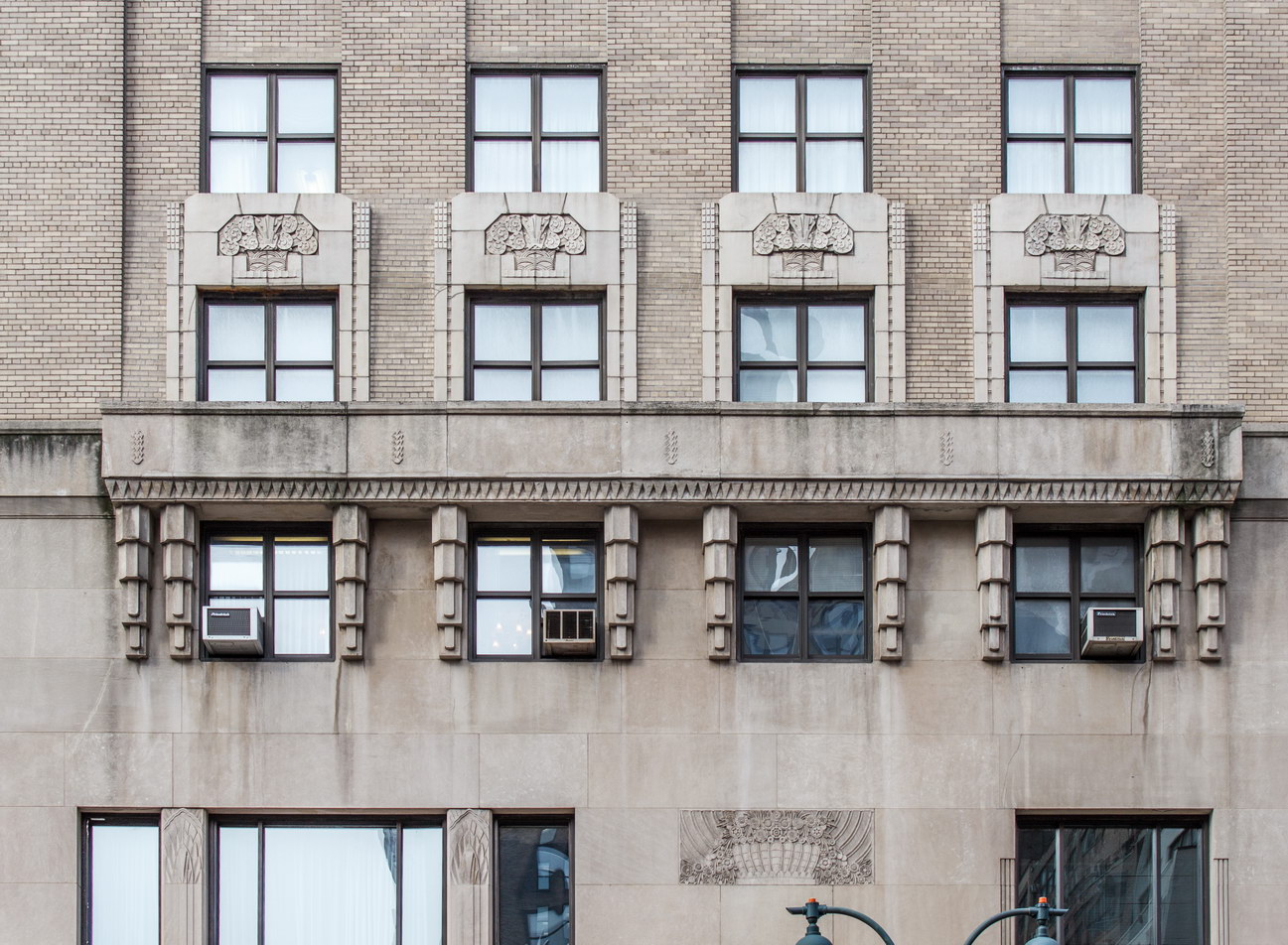
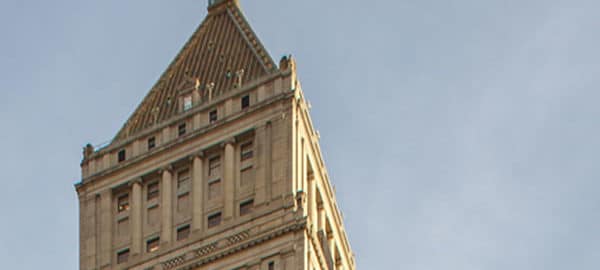
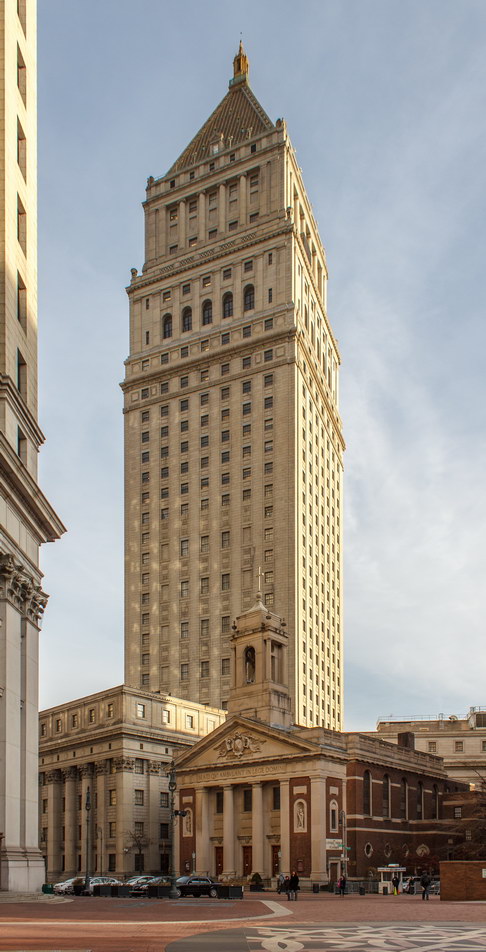
![[Thurgood Marshall Courthouse] IMG_5401 11/20/2012 9:19:34 AM [Thurgood Marshall Courthouse] IMG_5401 11/20/2012 9:19:34 AM](https://www.newyorkitecture.com/wp-content/gallery/thurgood-marshall-us-courthouse/i_5401_resize.jpg)
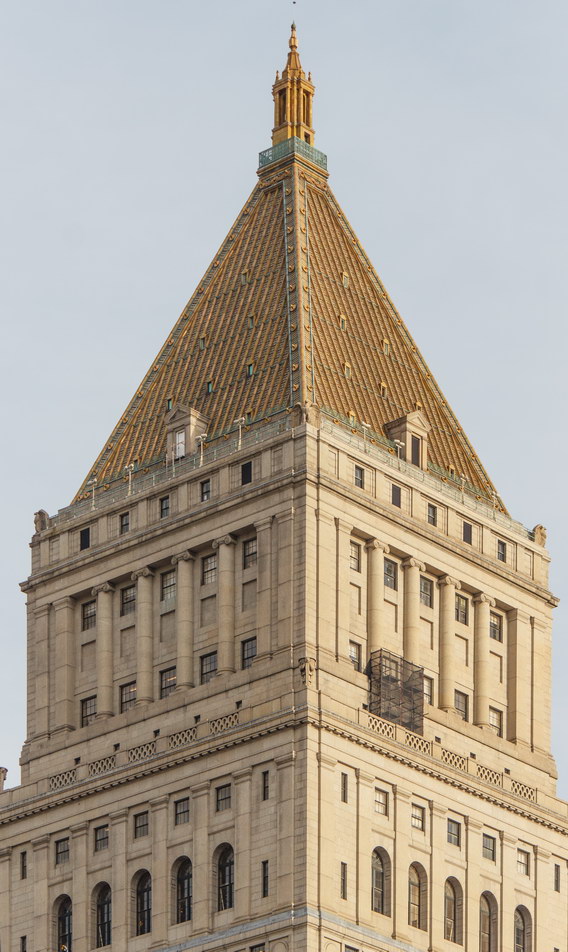
![[Thurgood Marshall Courthouse] IMG_5432 11/20/2012 9:40:29 AM [Thurgood Marshall Courthouse] IMG_5432 11/20/2012 9:40:29 AM](https://www.newyorkitecture.com/wp-content/gallery/thurgood-marshall-us-courthouse/i_5432_resize.jpg)
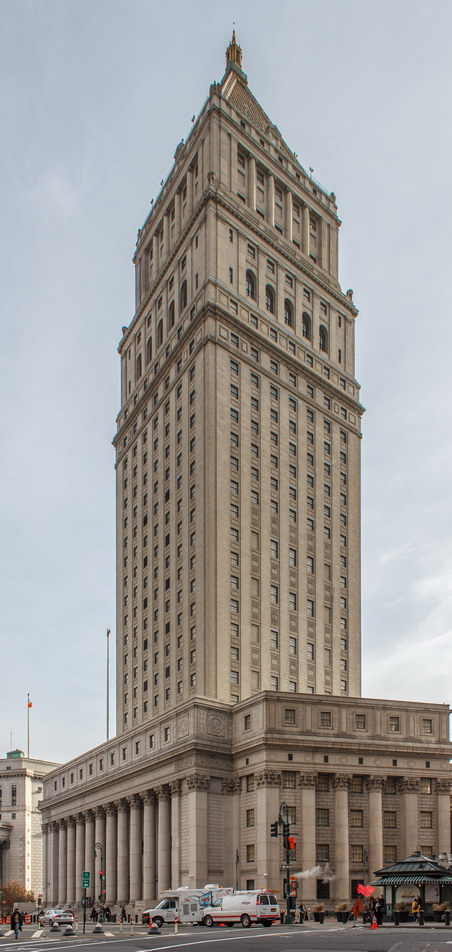
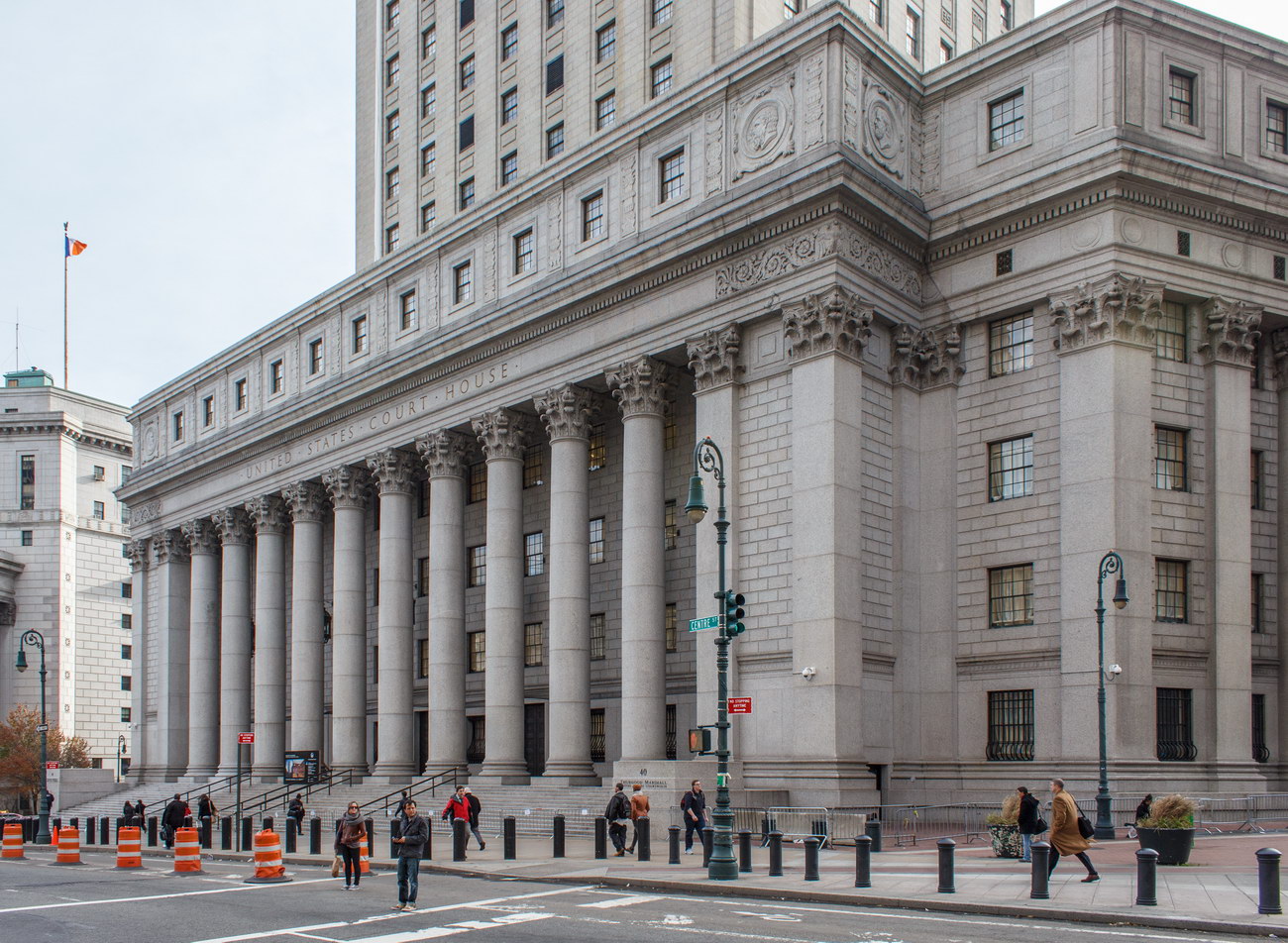
![[Thurgood Marshall Courthouse] IMG_5510 11/20/2012 10:30:01 AM [Thurgood Marshall Courthouse] IMG_5510 11/20/2012 10:30:01 AM](https://www.newyorkitecture.com/wp-content/gallery/thurgood-marshall-us-courthouse/i_5510_resize.jpg)
![[Thurgood Marshall Courthouse] IMG_5522 11/20/2012 10:37:45 AM [Thurgood Marshall Courthouse] IMG_5522 11/20/2012 10:37:45 AM](https://www.newyorkitecture.com/wp-content/gallery/thurgood-marshall-us-courthouse/i_5522_resize.jpg)
![[Thurgood Marshall Courthouse] IMG_5533 11/20/2012 10:44:25 AM [Thurgood Marshall Courthouse] IMG_5533 11/20/2012 10:44:25 AM](https://www.newyorkitecture.com/wp-content/gallery/thurgood-marshall-us-courthouse/i_5533_resize.jpg)
![[Thurgood Marshall Courthouse] IMG_5538 11/20/2012 10:47:35 AM [Thurgood Marshall Courthouse] IMG_5538 11/20/2012 10:47:35 AM](https://www.newyorkitecture.com/wp-content/gallery/thurgood-marshall-us-courthouse/i_5538_resize.jpg)
![[Thurgood Marshall Courthouse] IMG_5547 11/20/2012 10:51:17 AM [Thurgood Marshall Courthouse] IMG_5547 11/20/2012 10:51:17 AM](https://www.newyorkitecture.com/wp-content/gallery/thurgood-marshall-us-courthouse/i_5547_resize.jpg)
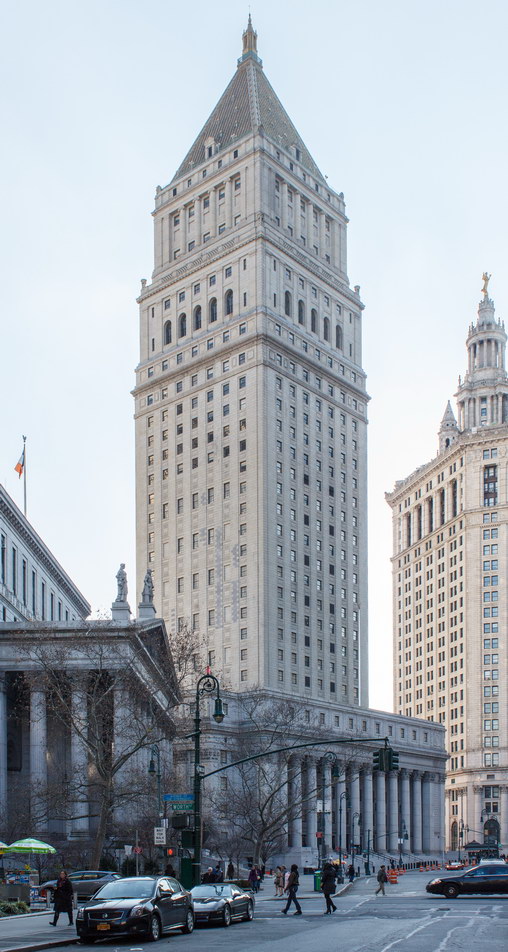
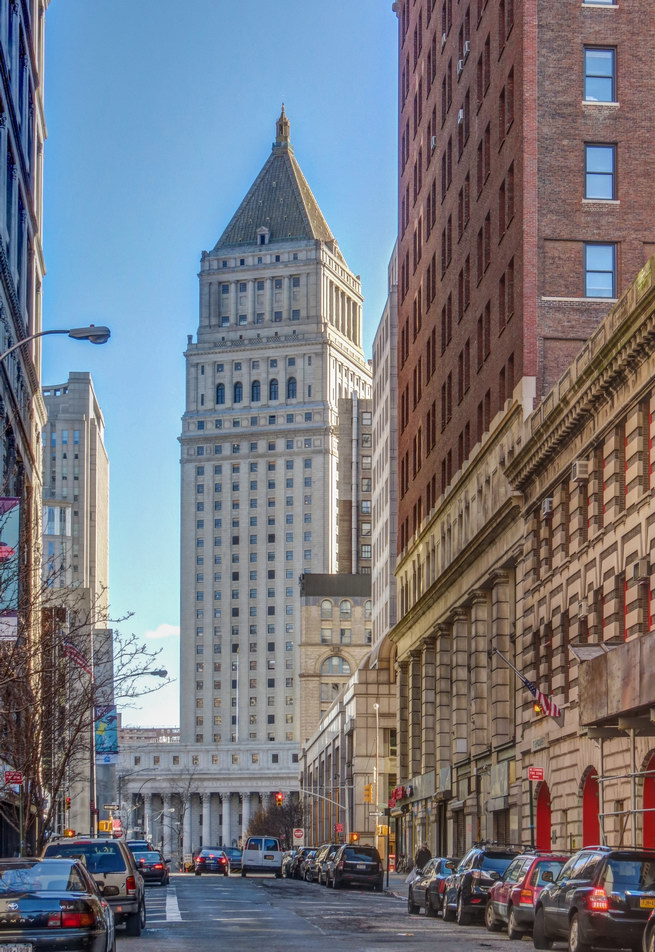
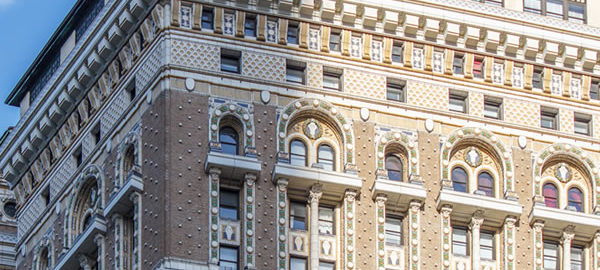
![[Herald Towers] IMG_6545 1/10/2013 3:34:47 PM [Herald Towers] IMG_6545 1/10/2013 3:34:47 PM](https://www.newyorkitecture.com/wp-content/gallery/herald-towers/IMG_6545_resize.jpg)
![[Herald Towers] IMG_6549 1/10/2013 3:37:39 PM [Herald Towers] IMG_6549 1/10/2013 3:37:39 PM](https://www.newyorkitecture.com/wp-content/gallery/herald-towers/IMG_6549_resize.jpg)
![[Herald Towers] IMG_6550 1/10/2013 3:39:03 PM [Herald Towers] IMG_6550 1/10/2013 3:39:03 PM](https://www.newyorkitecture.com/wp-content/gallery/herald-towers/IMG_6550_resize.jpg)
![[Herald Towers] IMG_6551 1/10/2013 3:39:33 PM [Herald Towers] IMG_6551 1/10/2013 3:39:33 PM](https://www.newyorkitecture.com/wp-content/gallery/herald-towers/IMG_6551_resize.jpg)
![[Herald Towers] IMG_6553 1/10/2013 3:41:24 PM [Herald Towers] IMG_6553 1/10/2013 3:41:24 PM](https://www.newyorkitecture.com/wp-content/gallery/herald-towers/IMG_6553_resize.jpg)
![[Herald Towers] IMG_6559 1/10/2013 3:45:53 PM [Herald Towers] IMG_6559 1/10/2013 3:45:53 PM](https://www.newyorkitecture.com/wp-content/gallery/herald-towers/IMG_6559_resize.jpg)
![[Herald Towers] IMG_6562 1/10/2013 3:47:08 PM [Herald Towers] IMG_6562 1/10/2013 3:47:08 PM](https://www.newyorkitecture.com/wp-content/gallery/herald-towers/IMG_6562_resize.jpg)
![[Herald Towers] IMG_6565 1/10/2013 3:47:45 PM [Herald Towers] IMG_6565 1/10/2013 3:47:45 PM](https://www.newyorkitecture.com/wp-content/gallery/herald-towers/IMG_6565_resize.jpg)
![[Herald Towers] IMG_6614 7/12/2012 7:40:06 AM [Herald Towers] IMG_6614 7/12/2012 7:40:06 AM](https://www.newyorkitecture.com/wp-content/gallery/herald-towers/IMG_6614_resize.jpg)
![[Herald Towers] IMG_6630 7/12/2012 7:48:43 AM [Herald Towers] IMG_6630 7/12/2012 7:48:43 AM](https://www.newyorkitecture.com/wp-content/gallery/herald-towers/IMG_6630_resize.jpg)
![[Herald Towers] IMG_6632 7/12/2012 7:48:55 AM [Herald Towers] IMG_6632 7/12/2012 7:48:55 AM](https://www.newyorkitecture.com/wp-content/gallery/herald-towers/IMG_6632_resize.jpg)
![[Herald Towers] IMG_6635 7/12/2012 7:49:15 AM [Herald Towers] IMG_6635 7/12/2012 7:49:15 AM](https://www.newyorkitecture.com/wp-content/gallery/herald-towers/IMG_6635_resize.jpg)
![[Herald Towers] IMG_6642 7/12/2012 7:53:59 AM [Herald Towers] IMG_6642 7/12/2012 7:53:59 AM](https://www.newyorkitecture.com/wp-content/gallery/herald-towers/IMG_6642_resize.jpg)
![[Herald Towers] IMG_6645 7/12/2012 7:54:50 AM [Herald Towers] IMG_6645 7/12/2012 7:54:50 AM](https://www.newyorkitecture.com/wp-content/gallery/herald-towers/IMG_6645_resize.jpg)